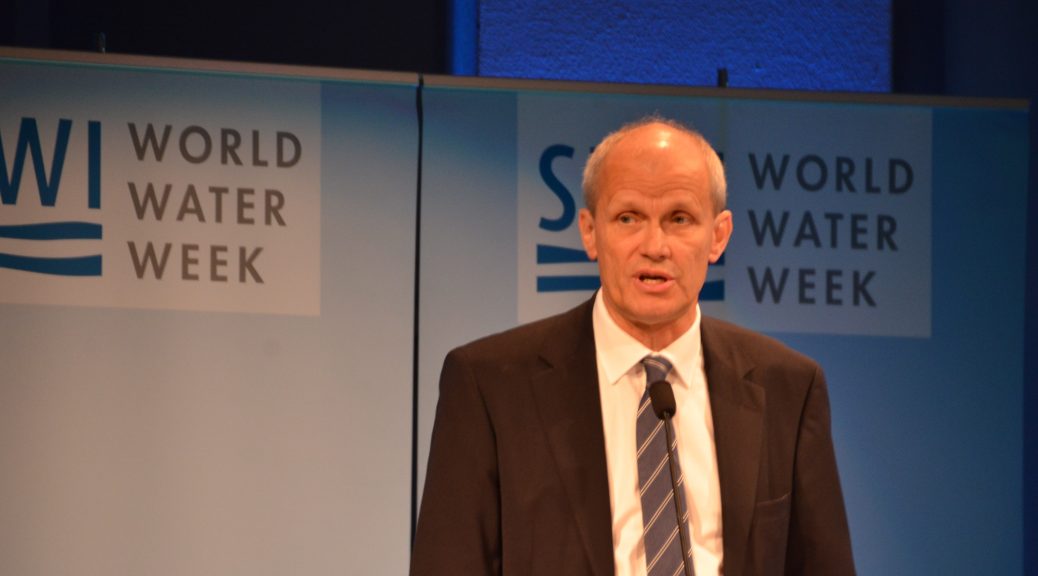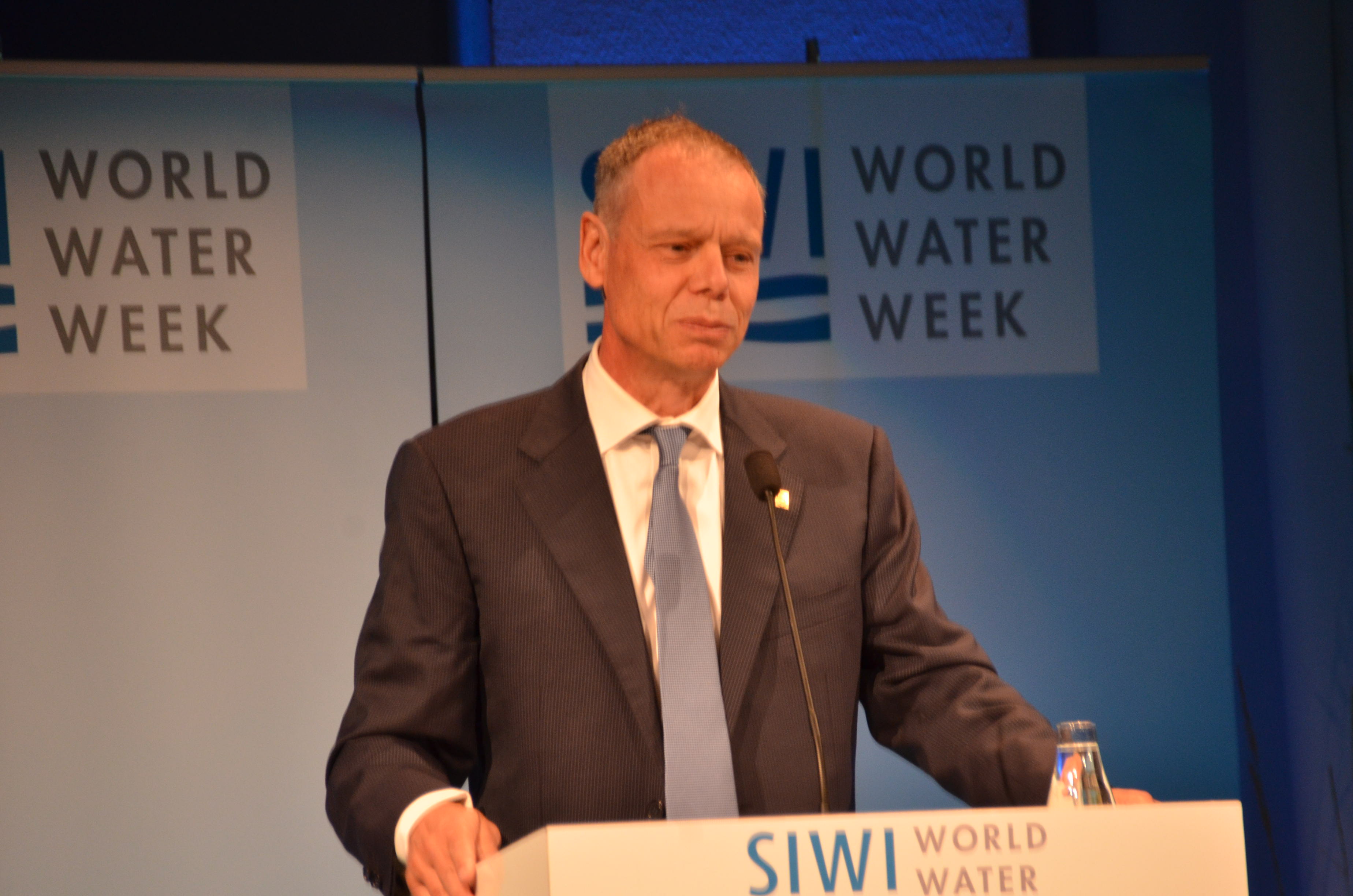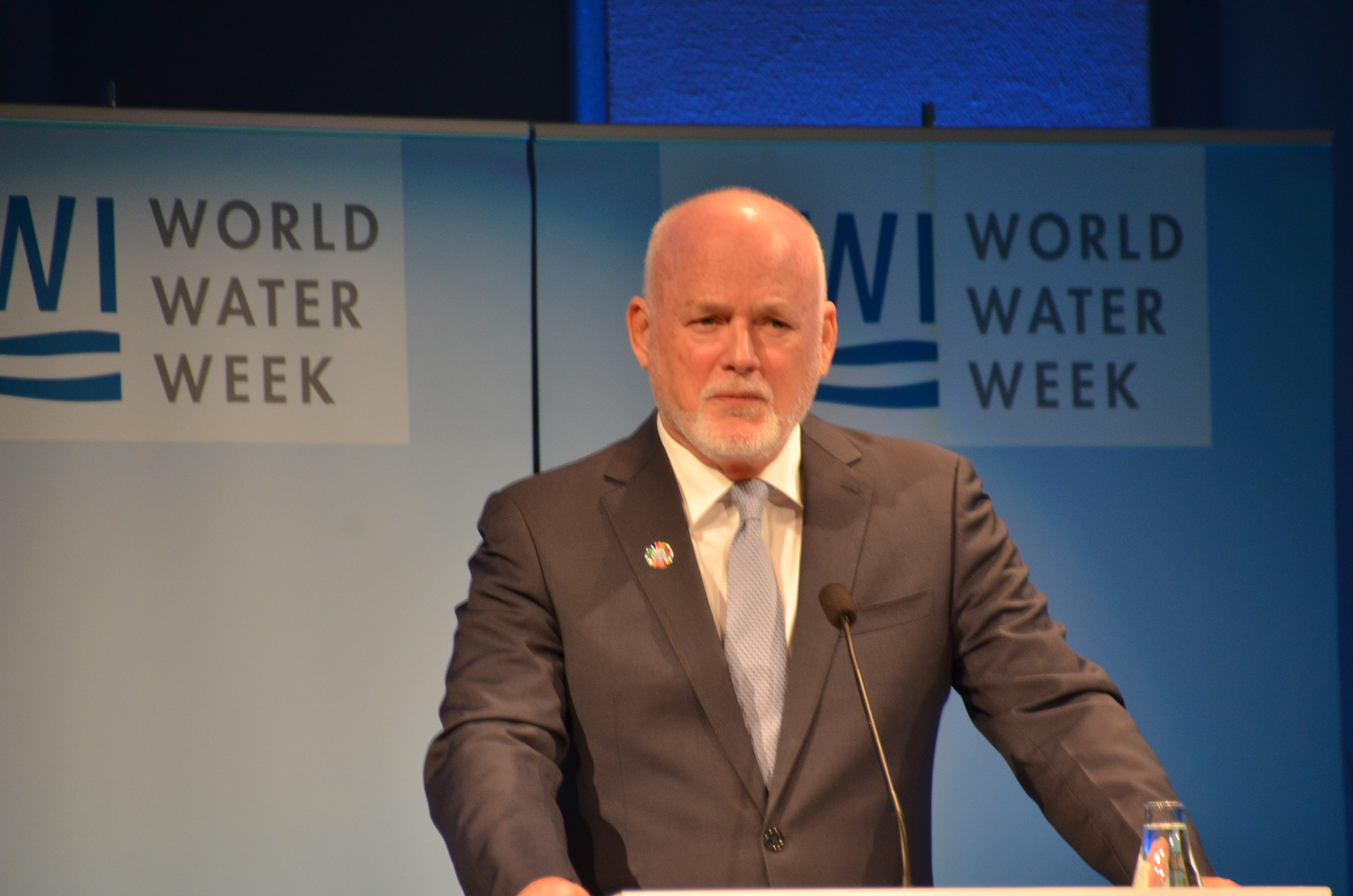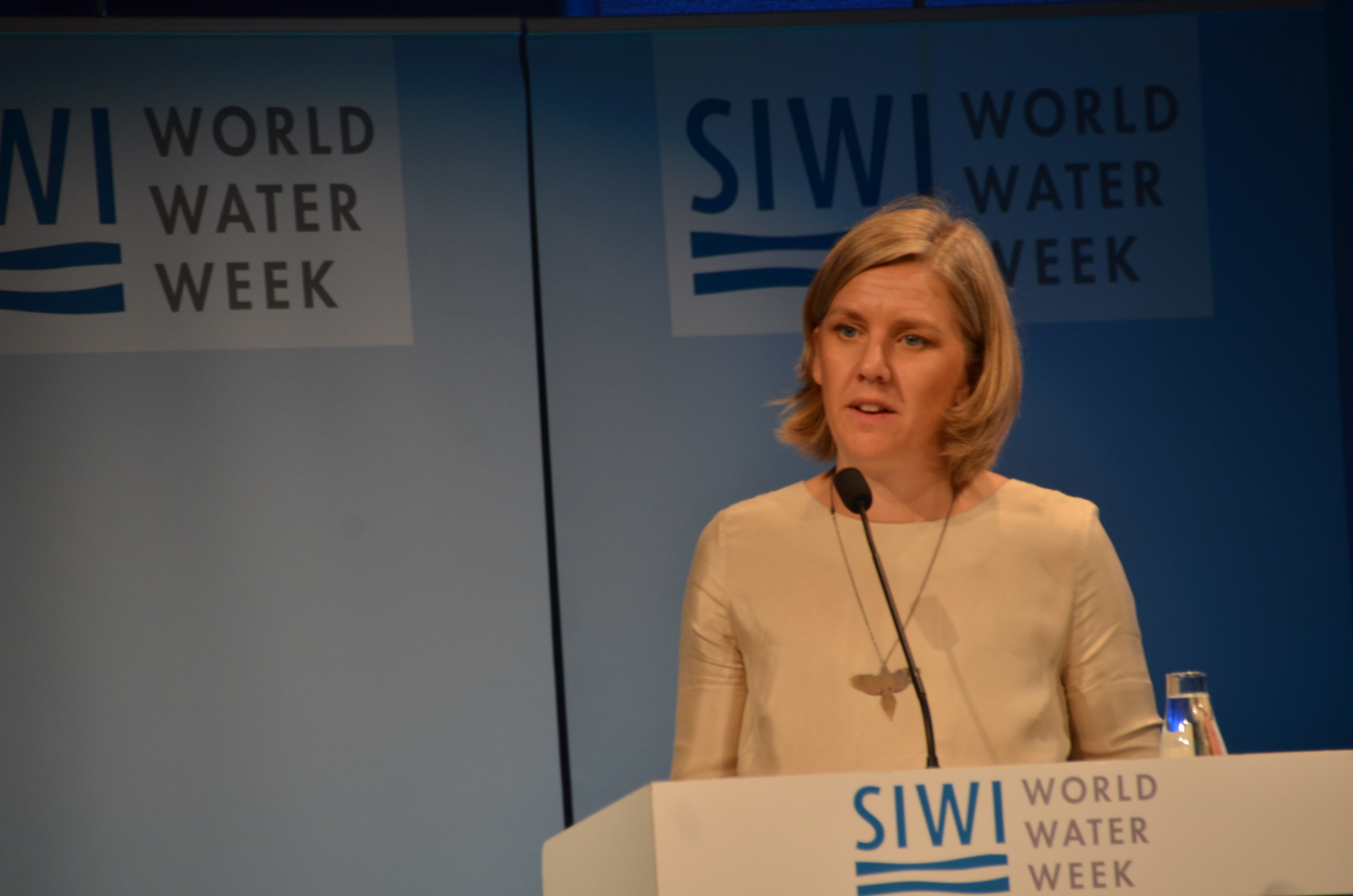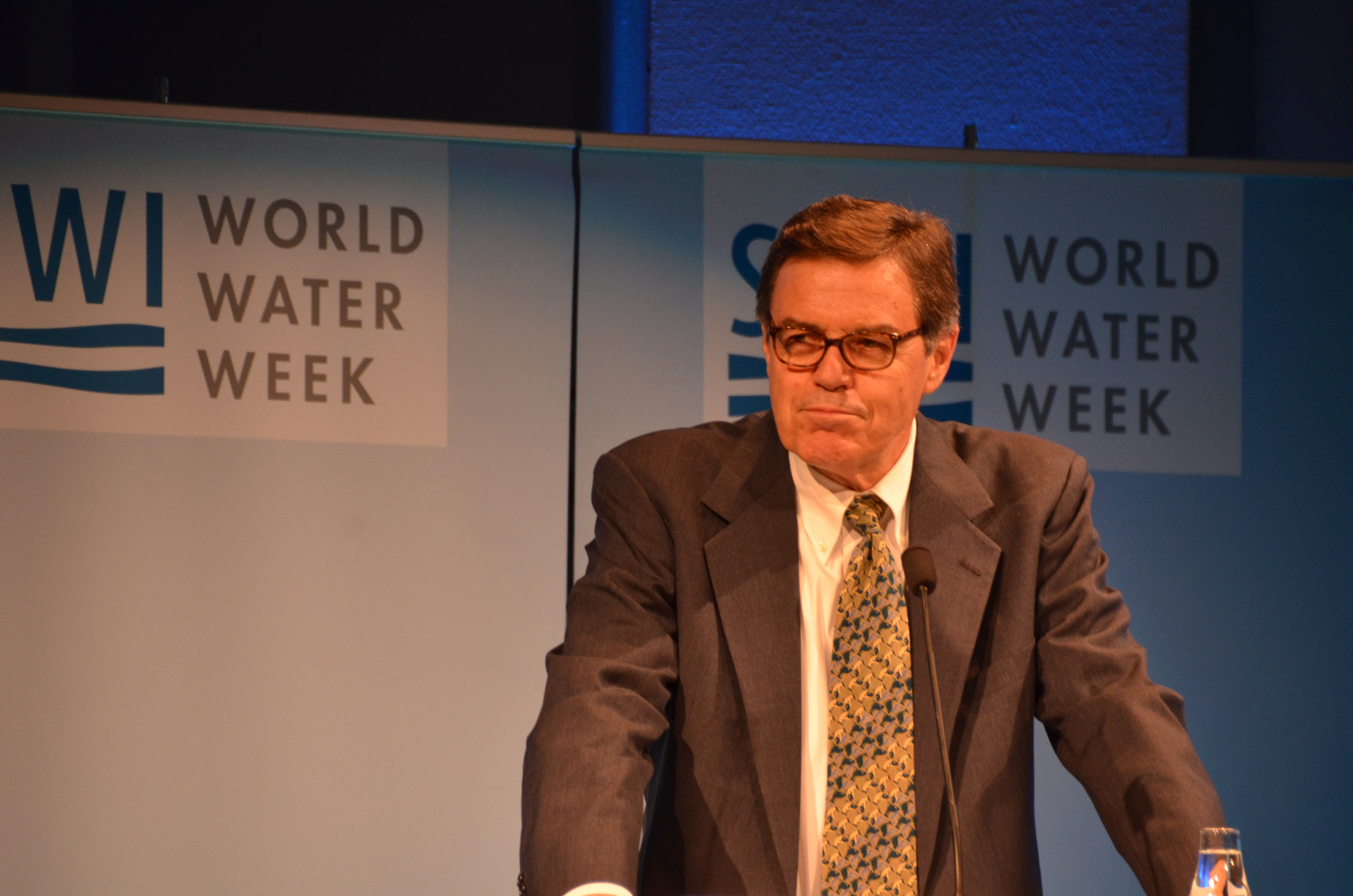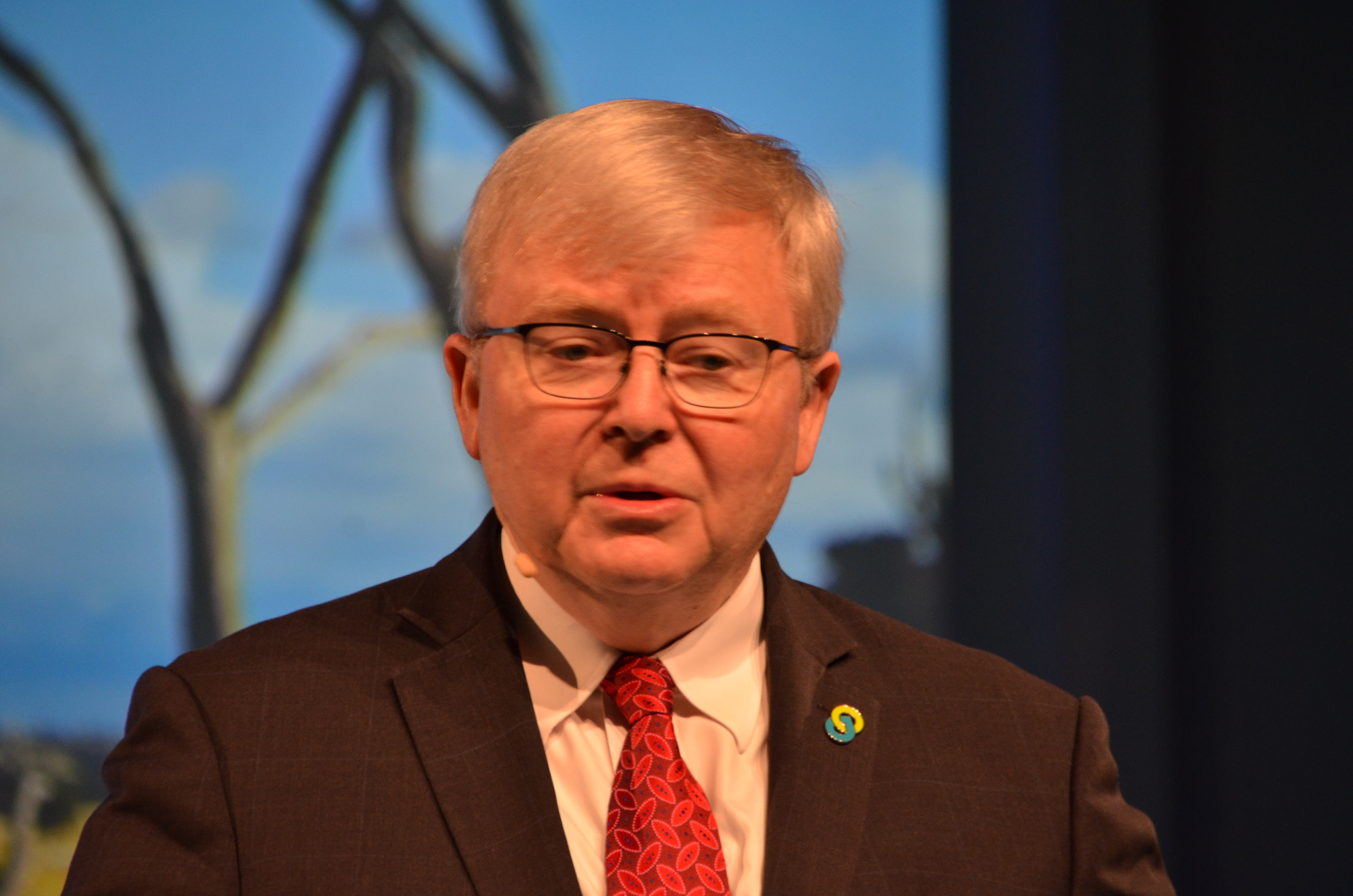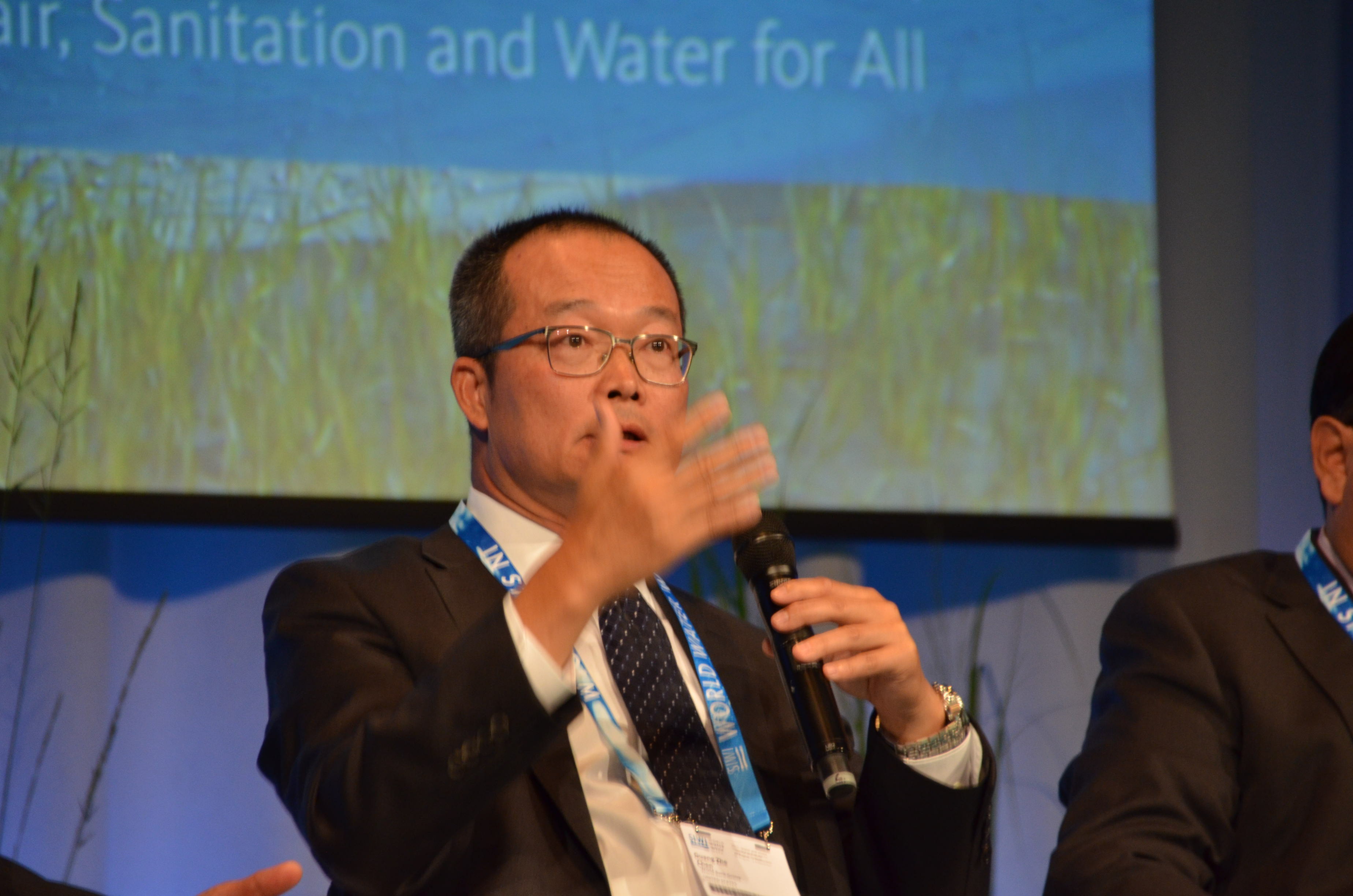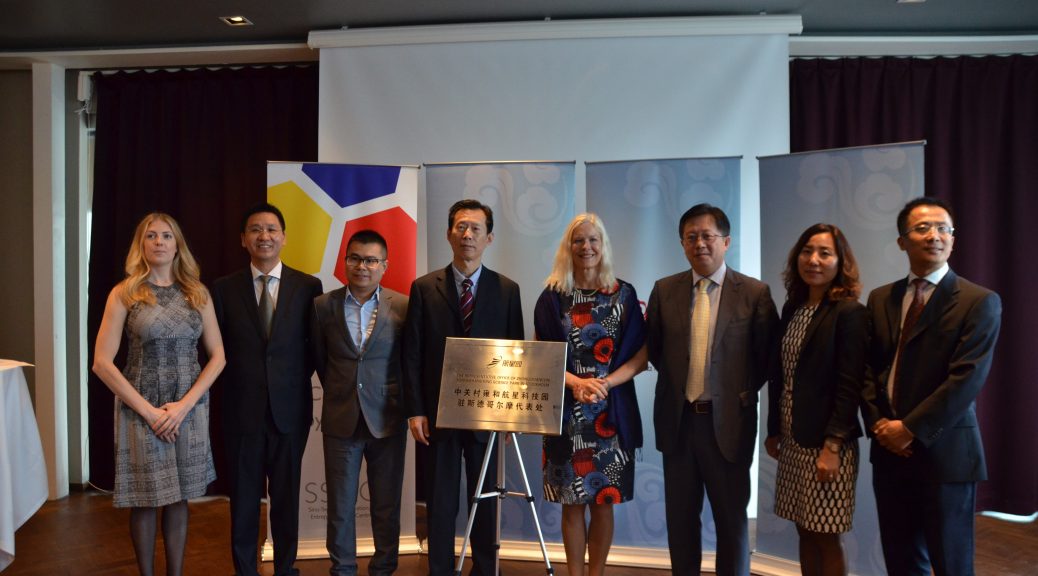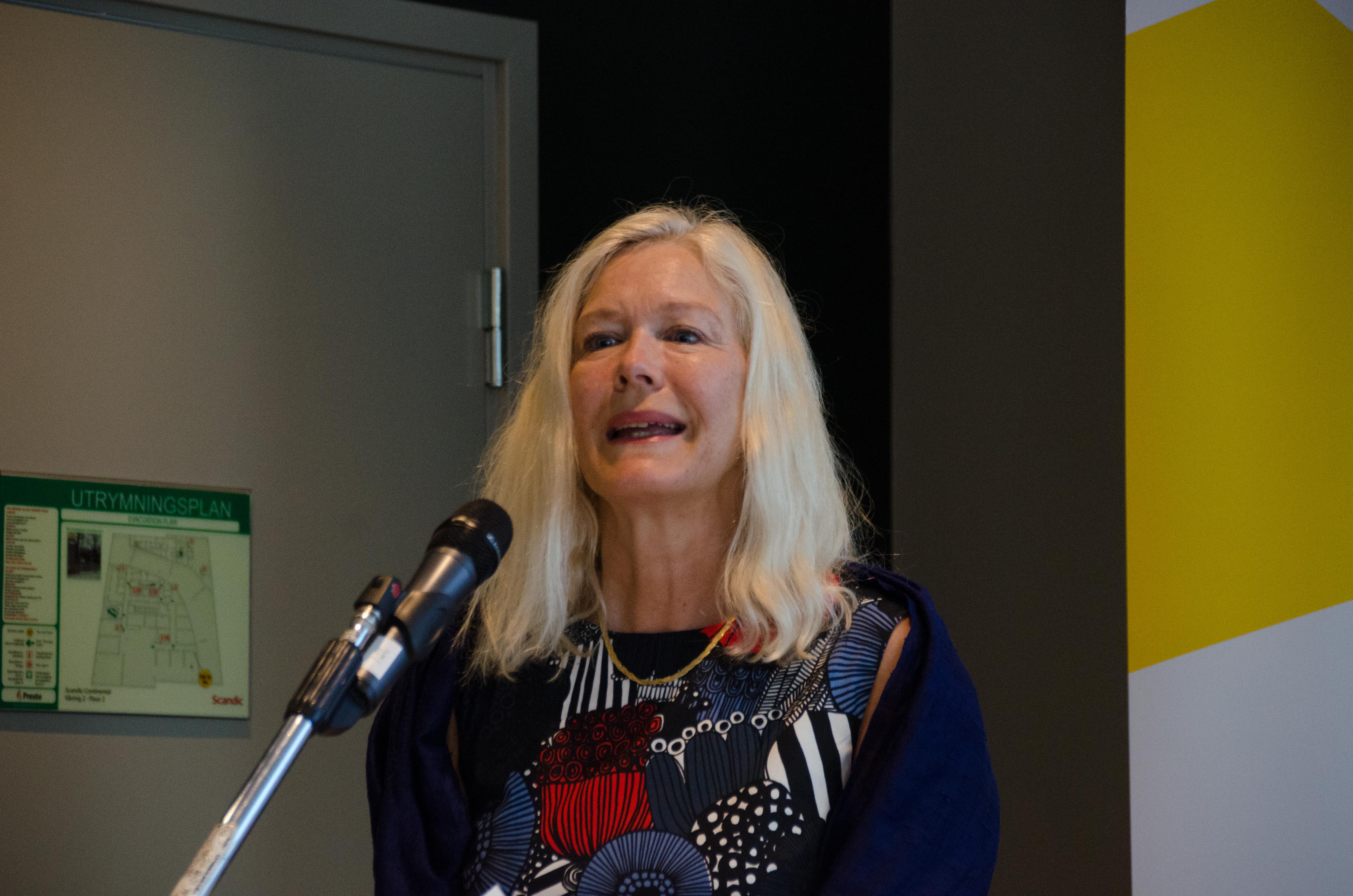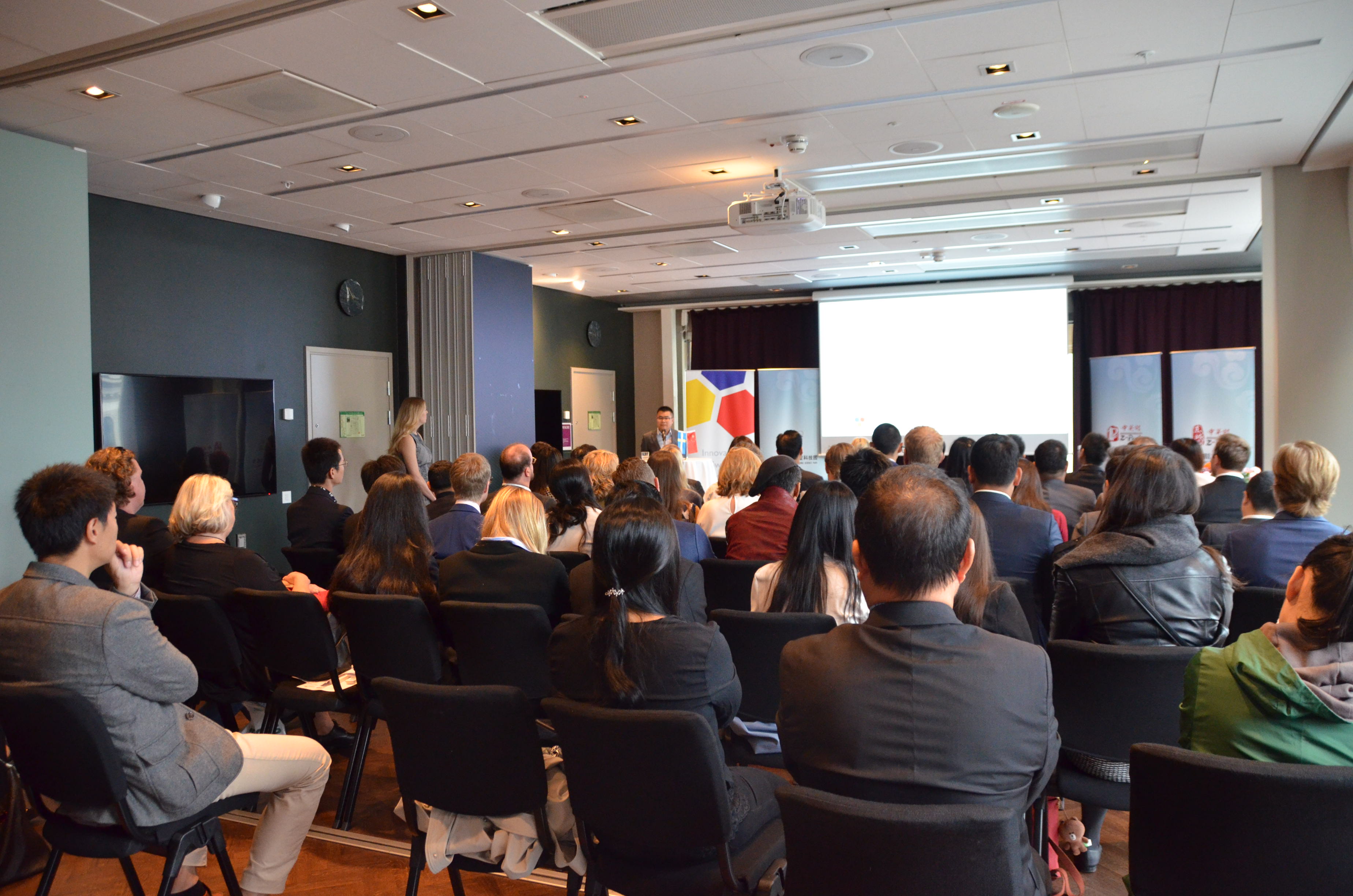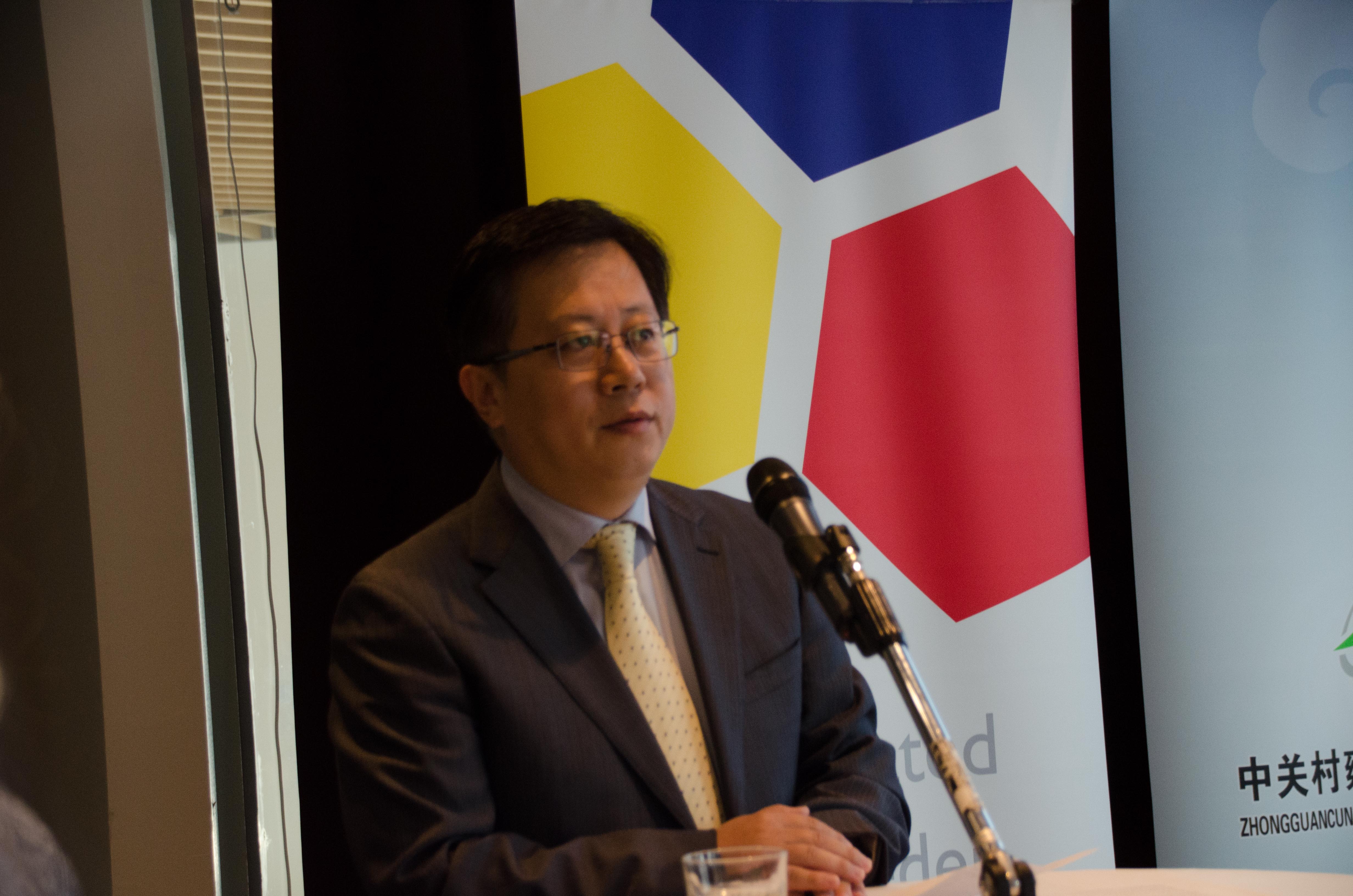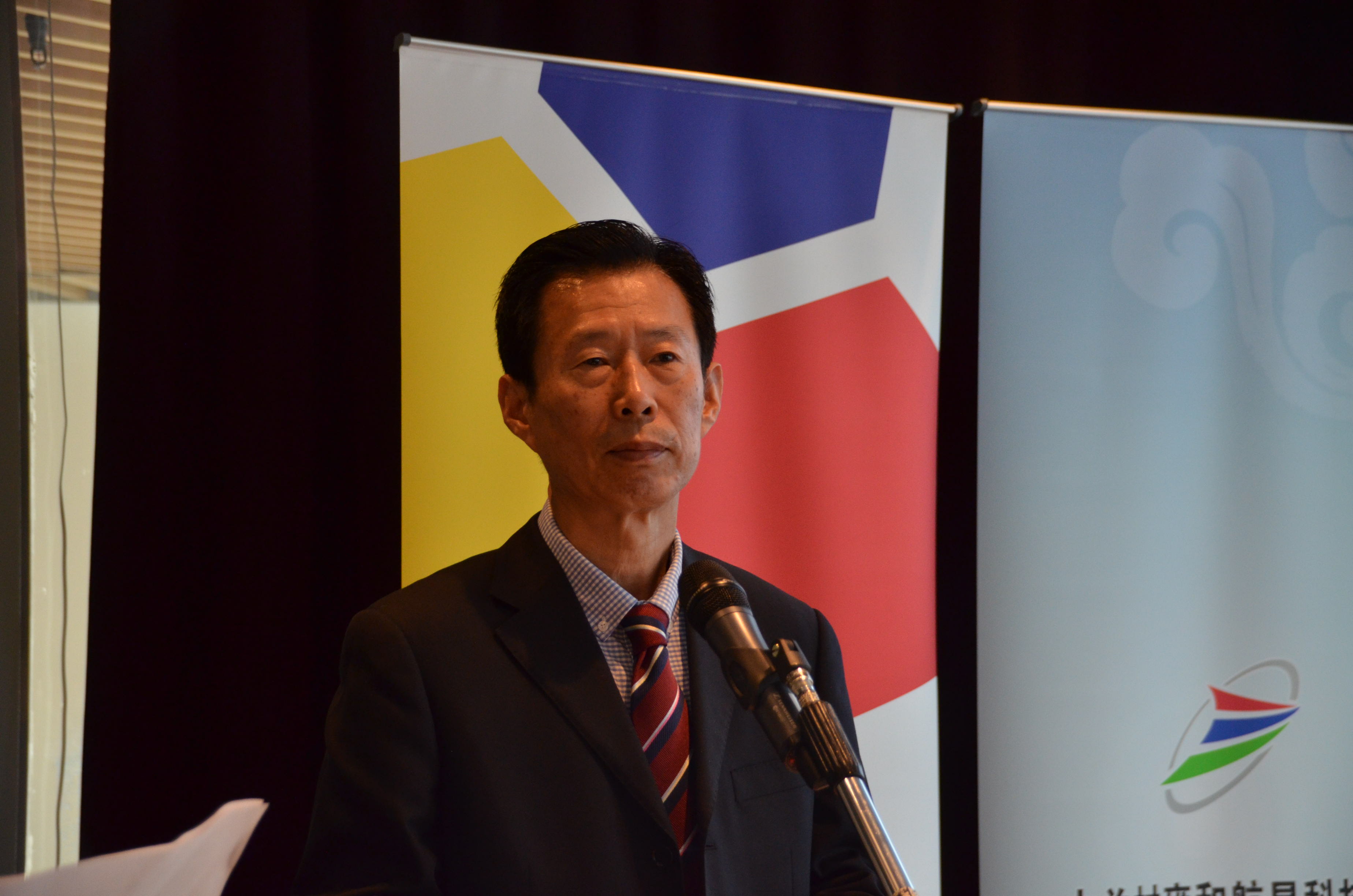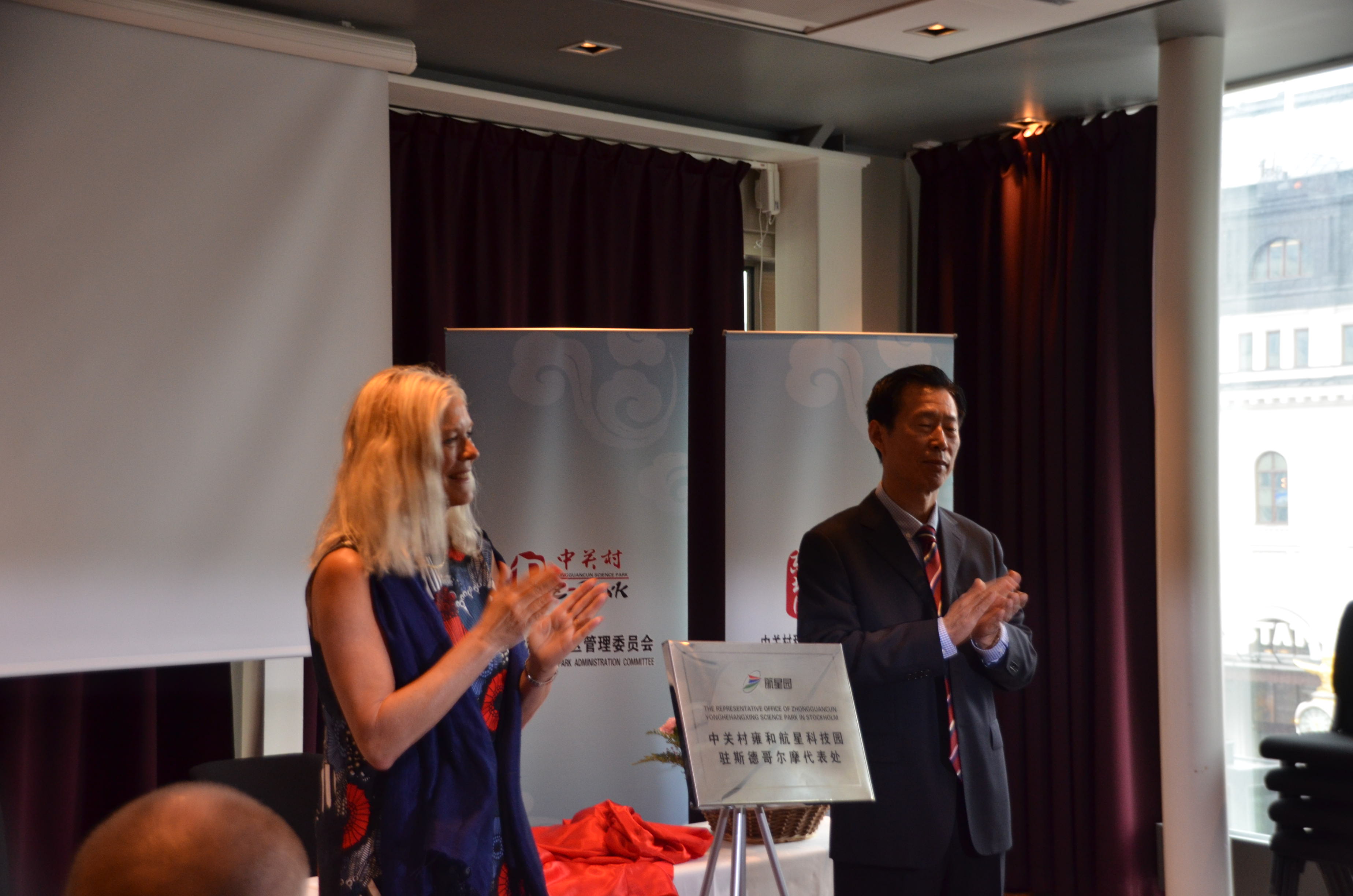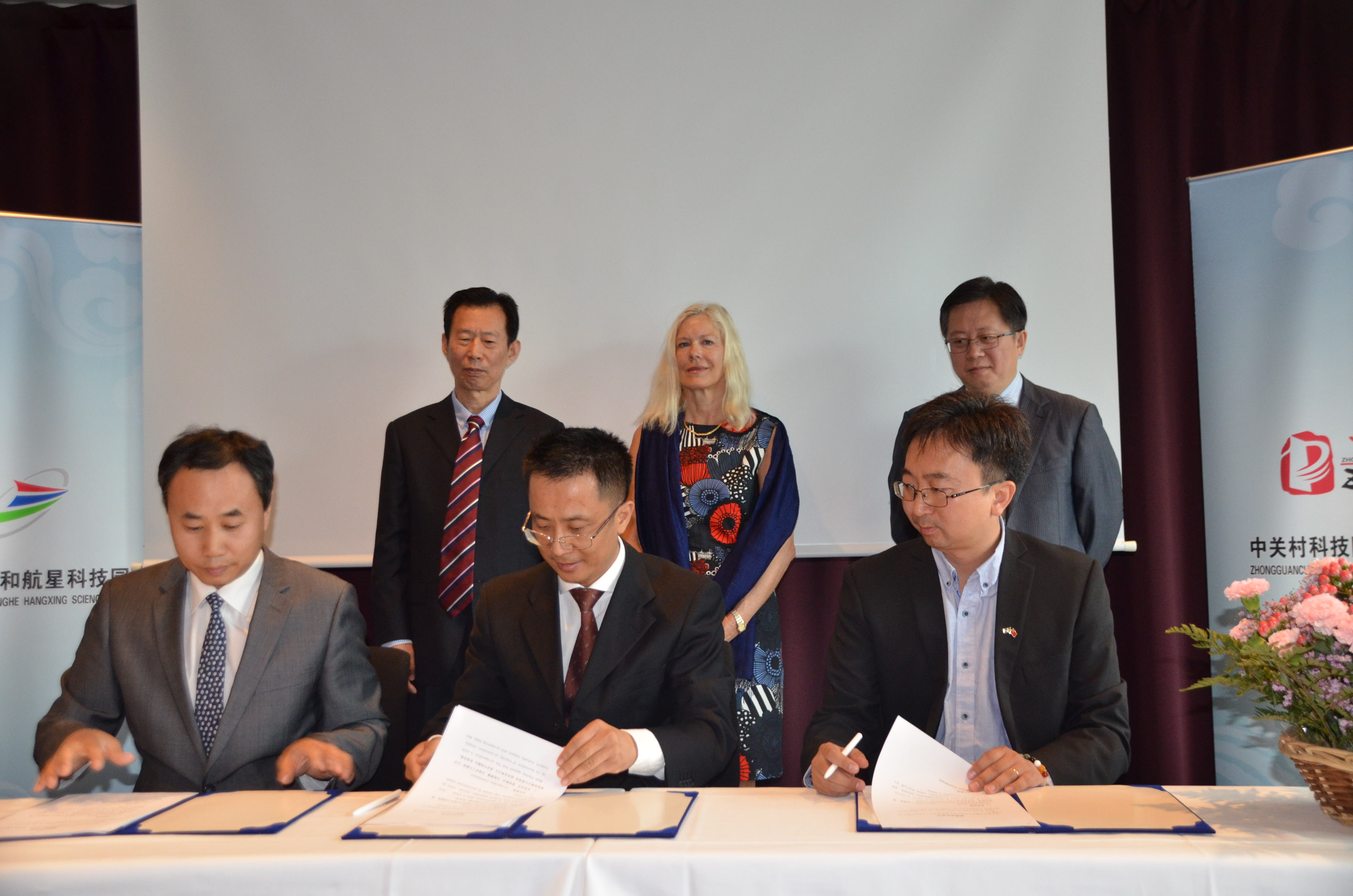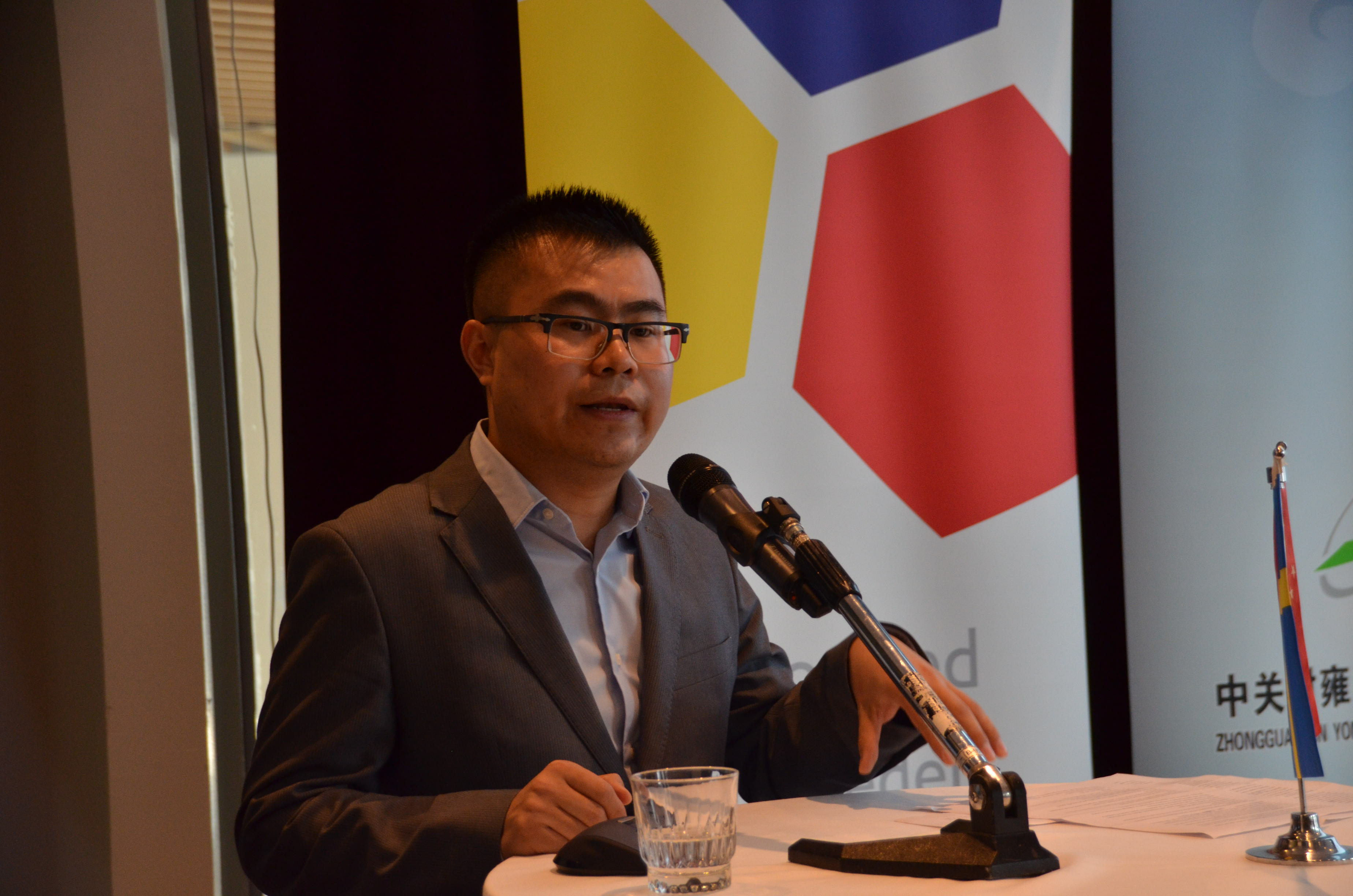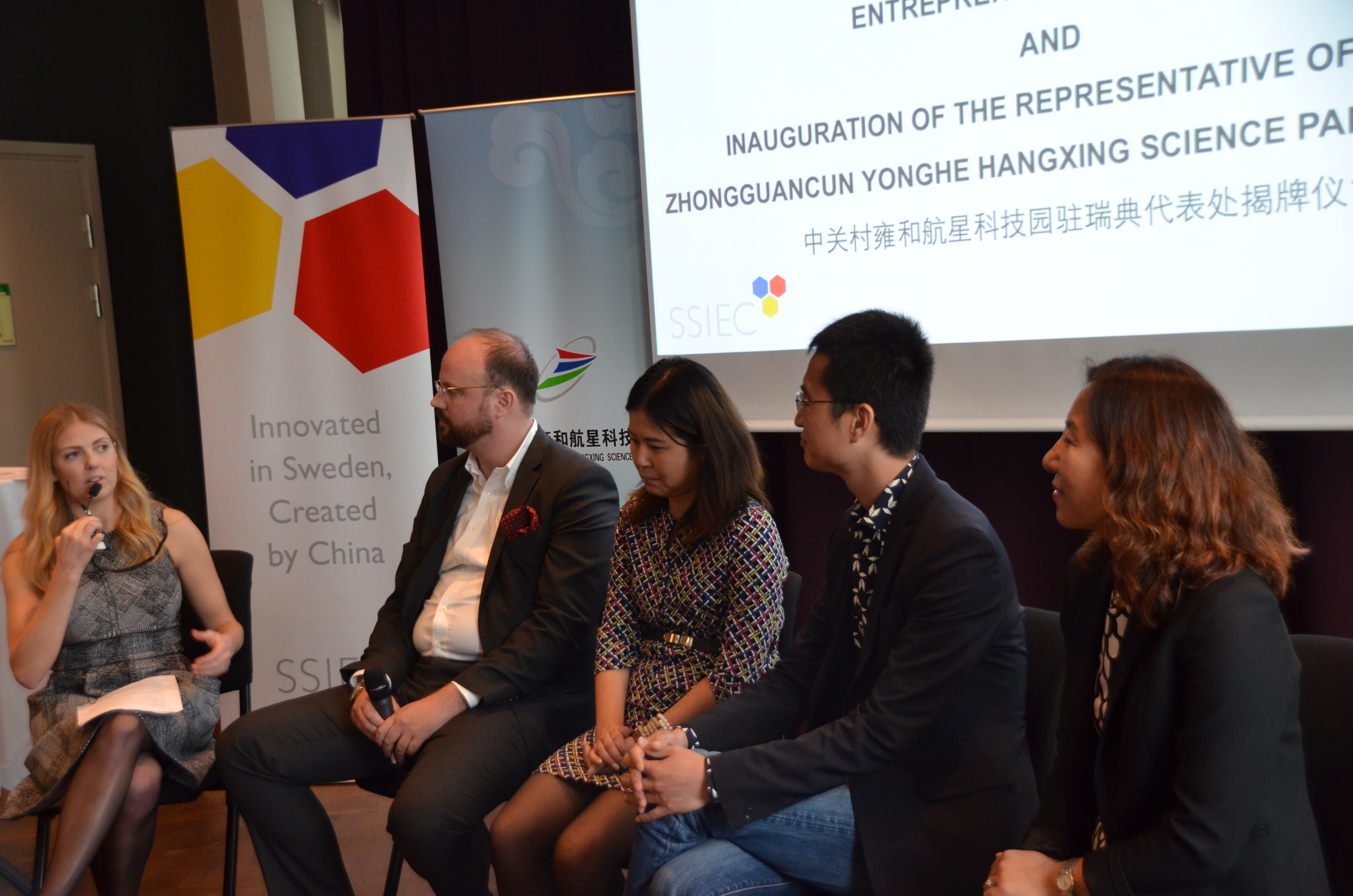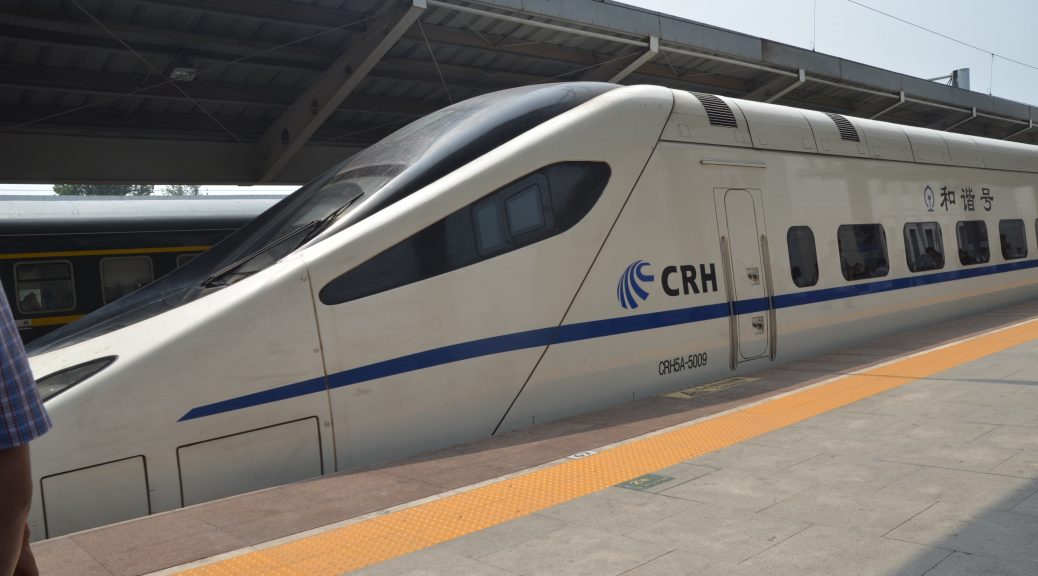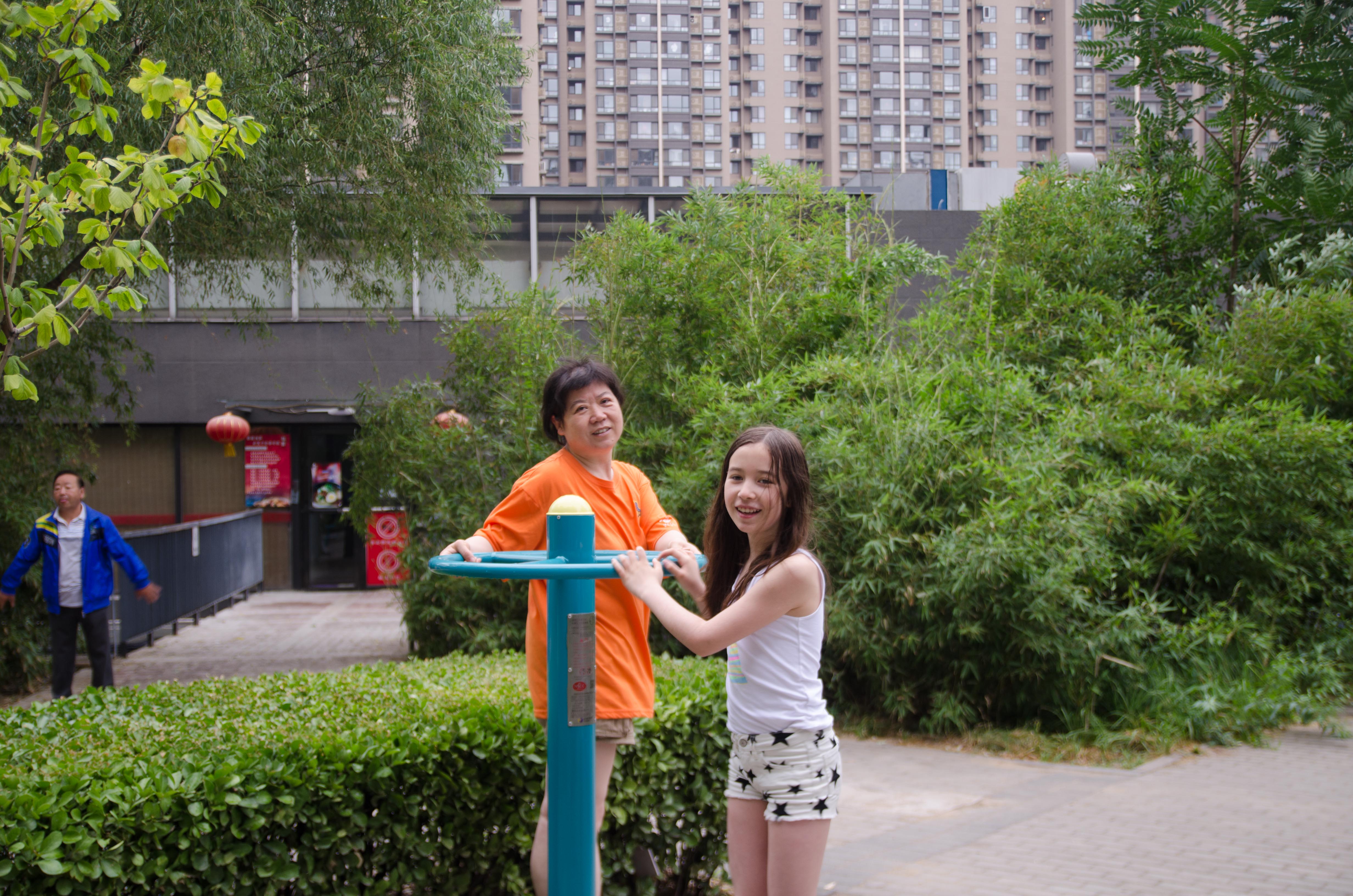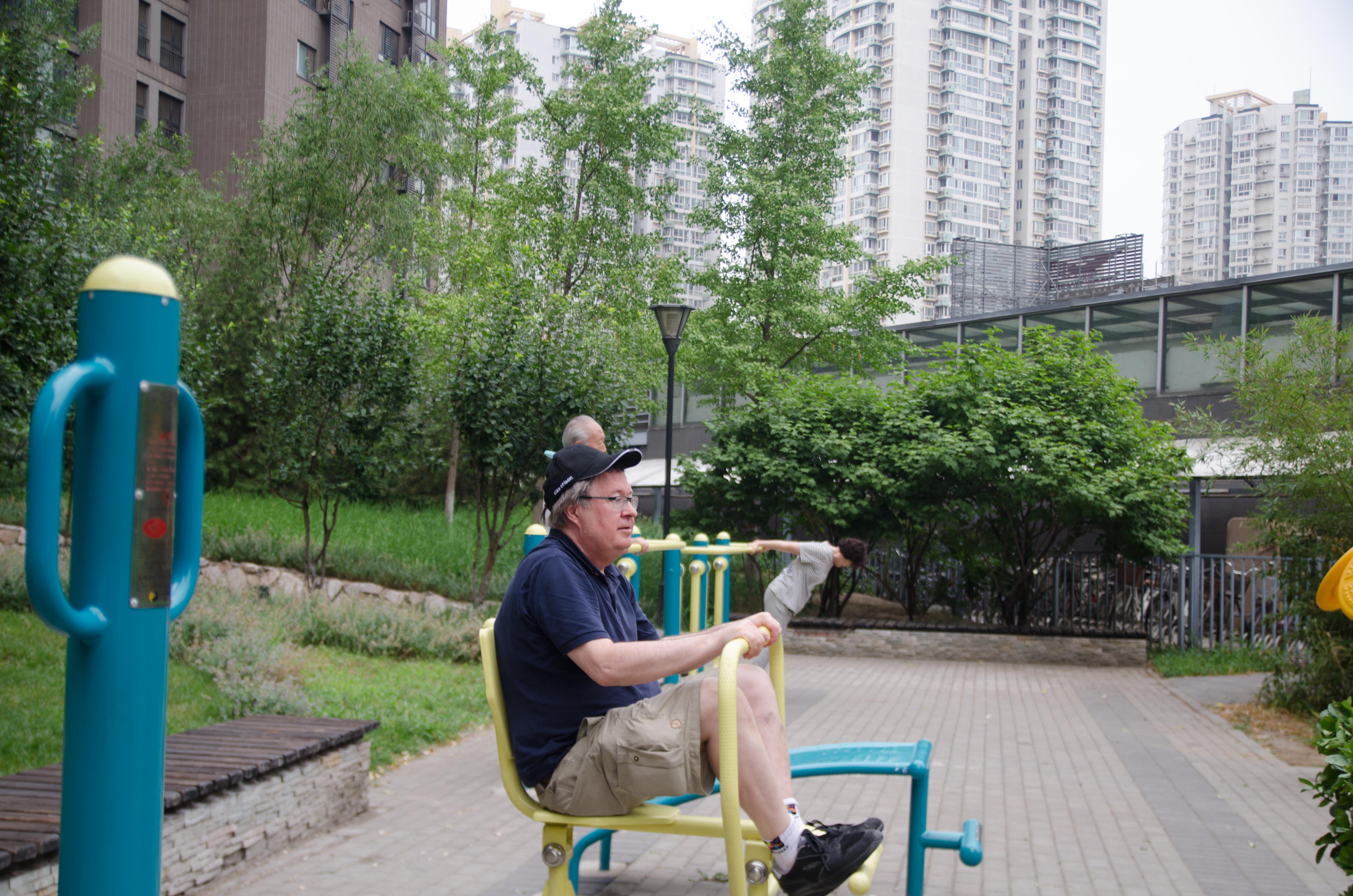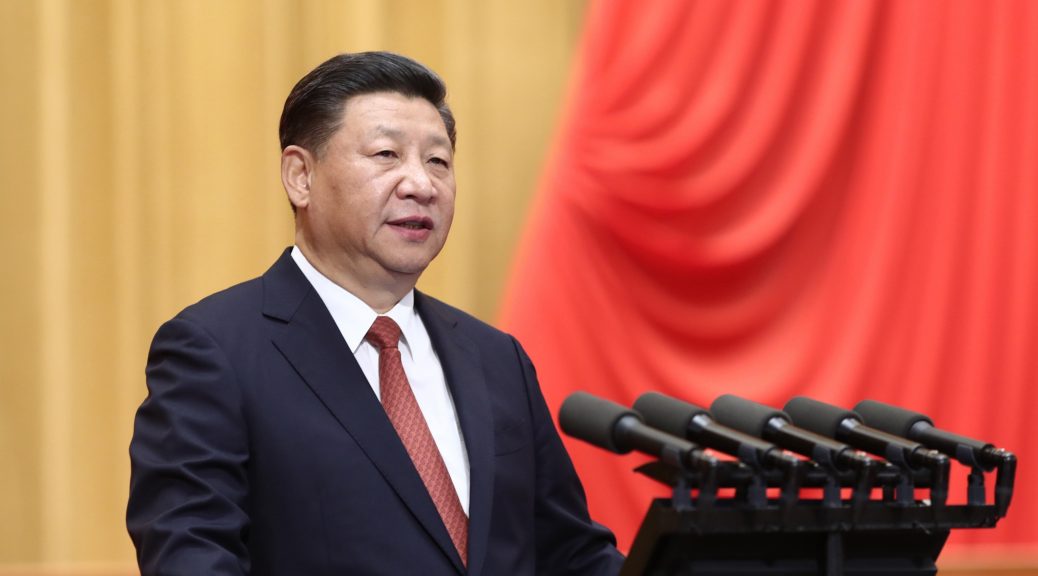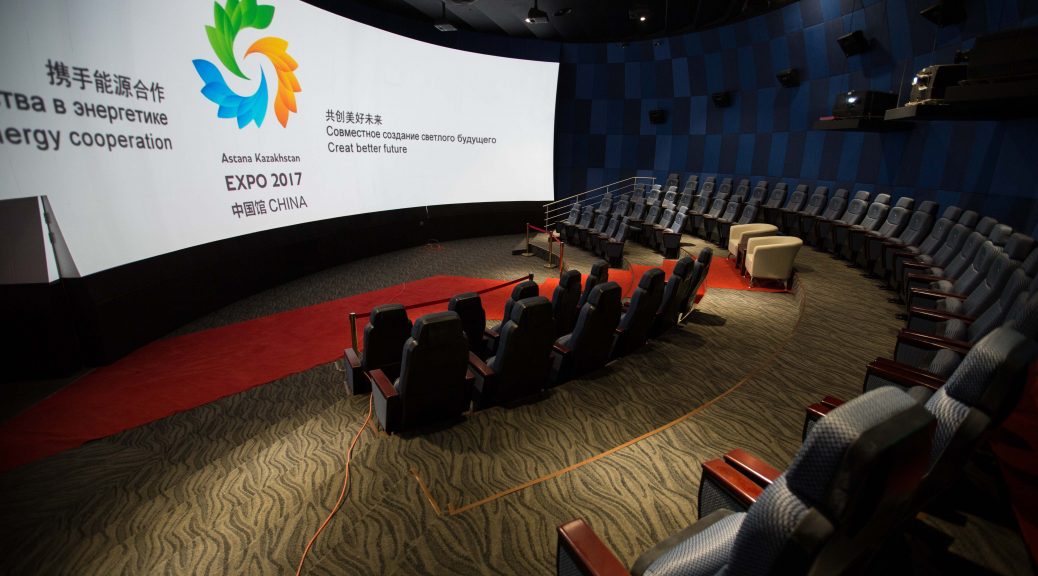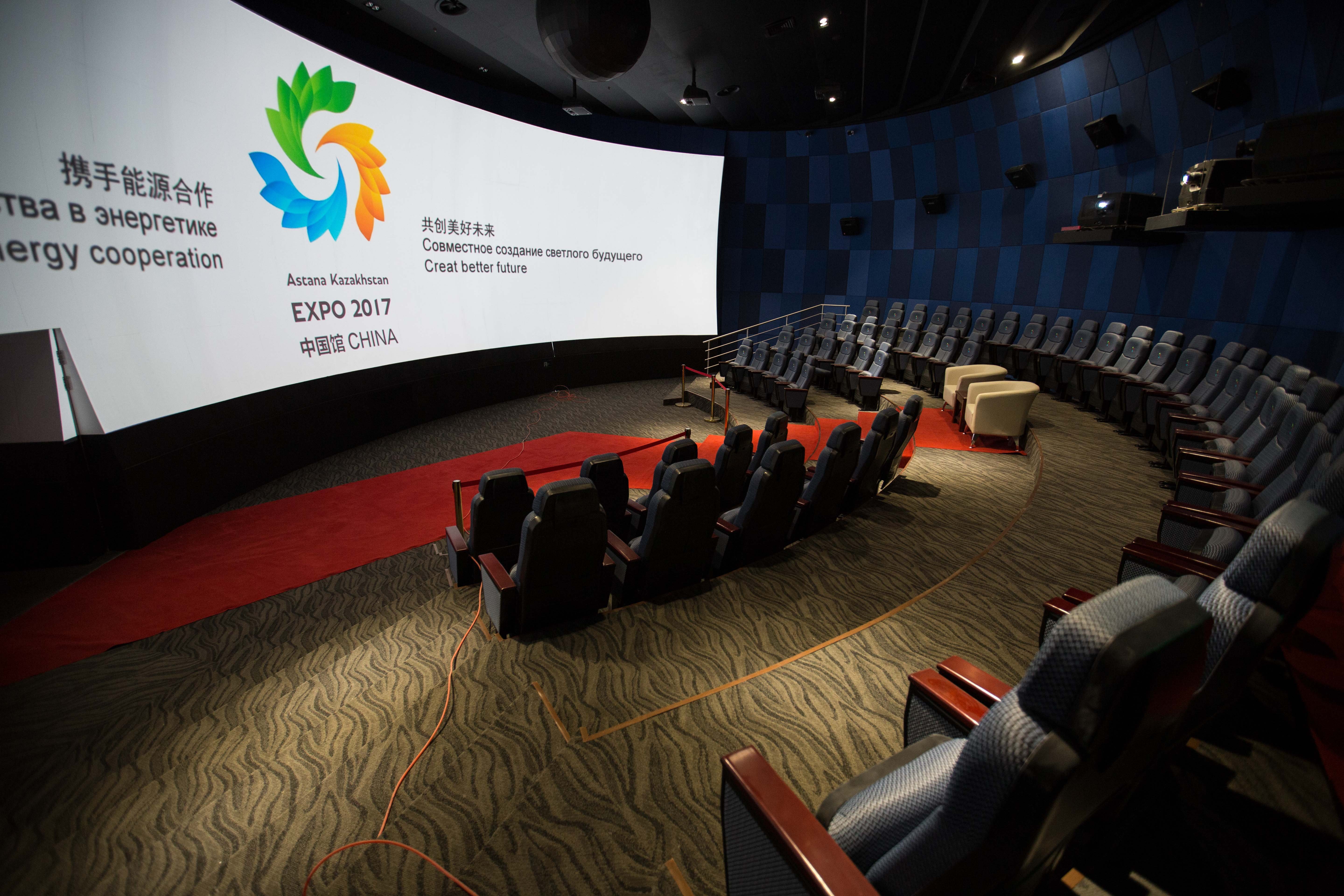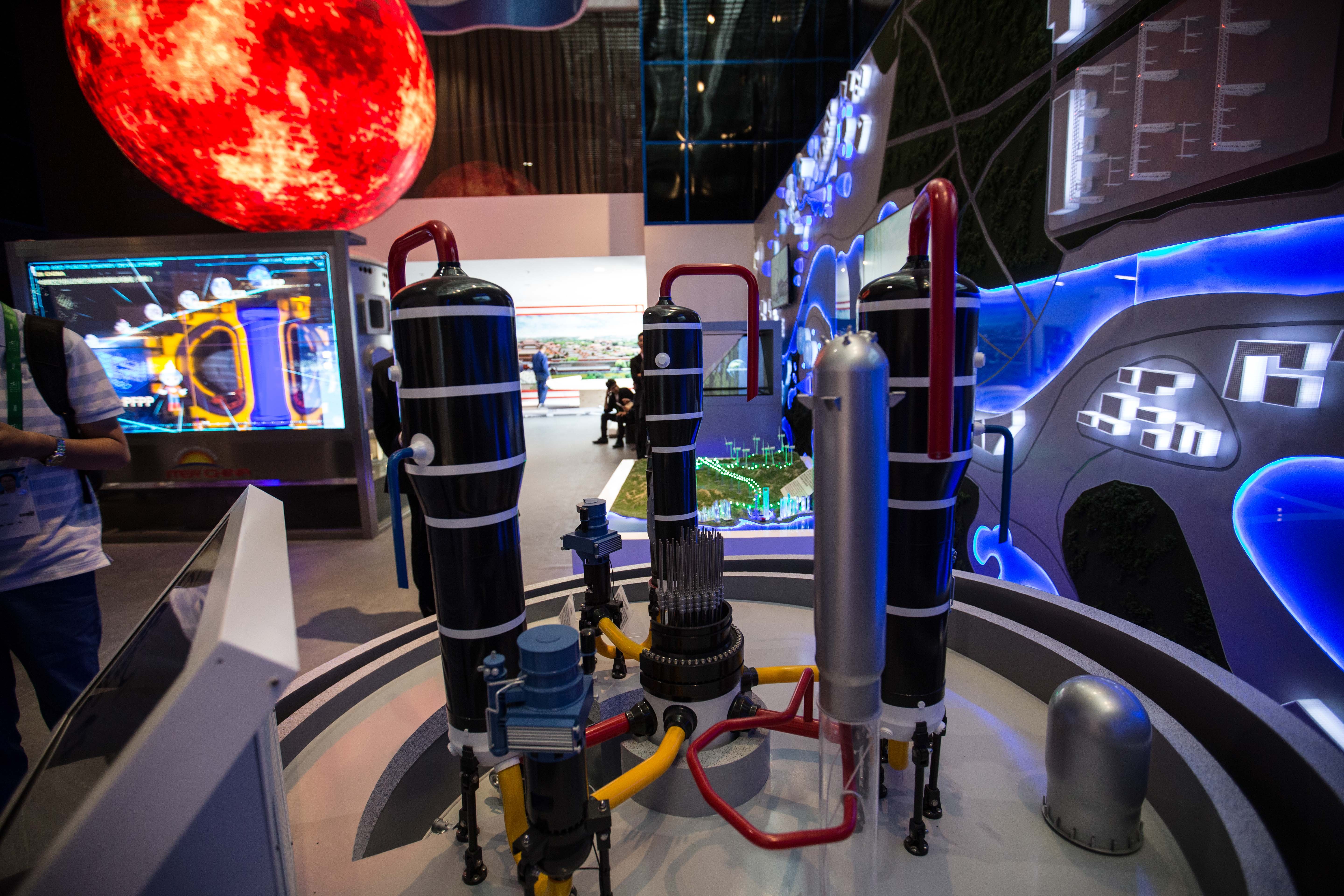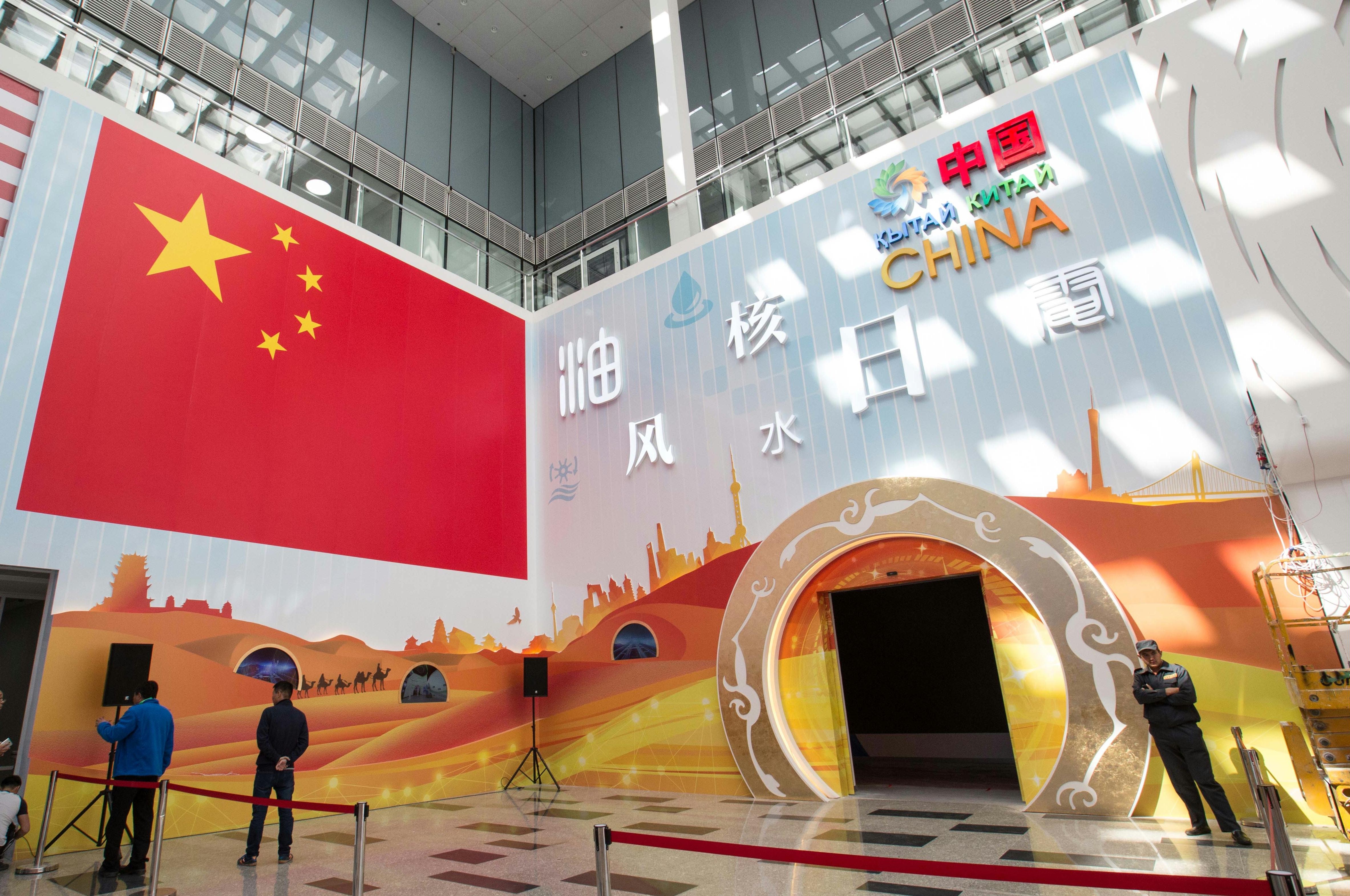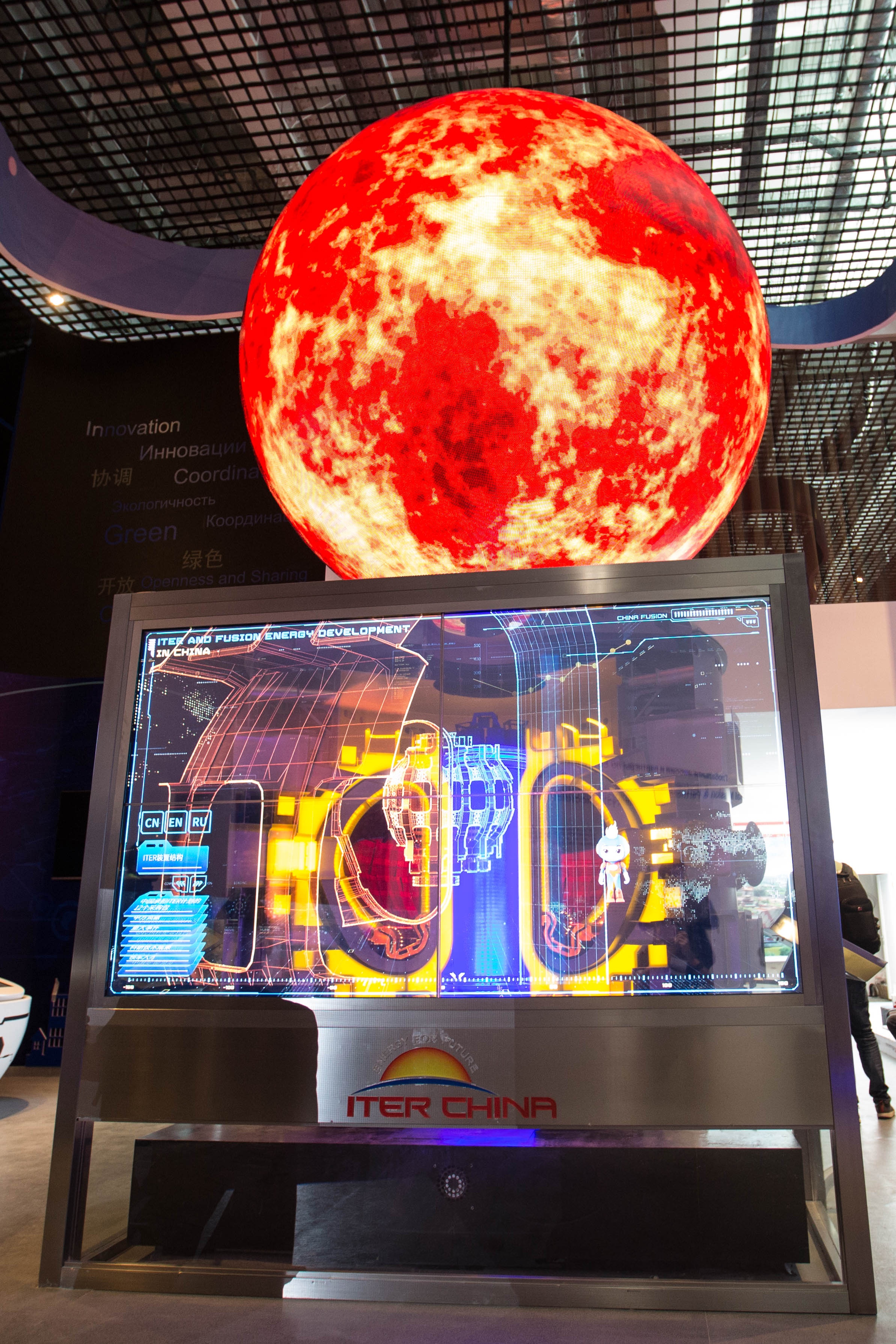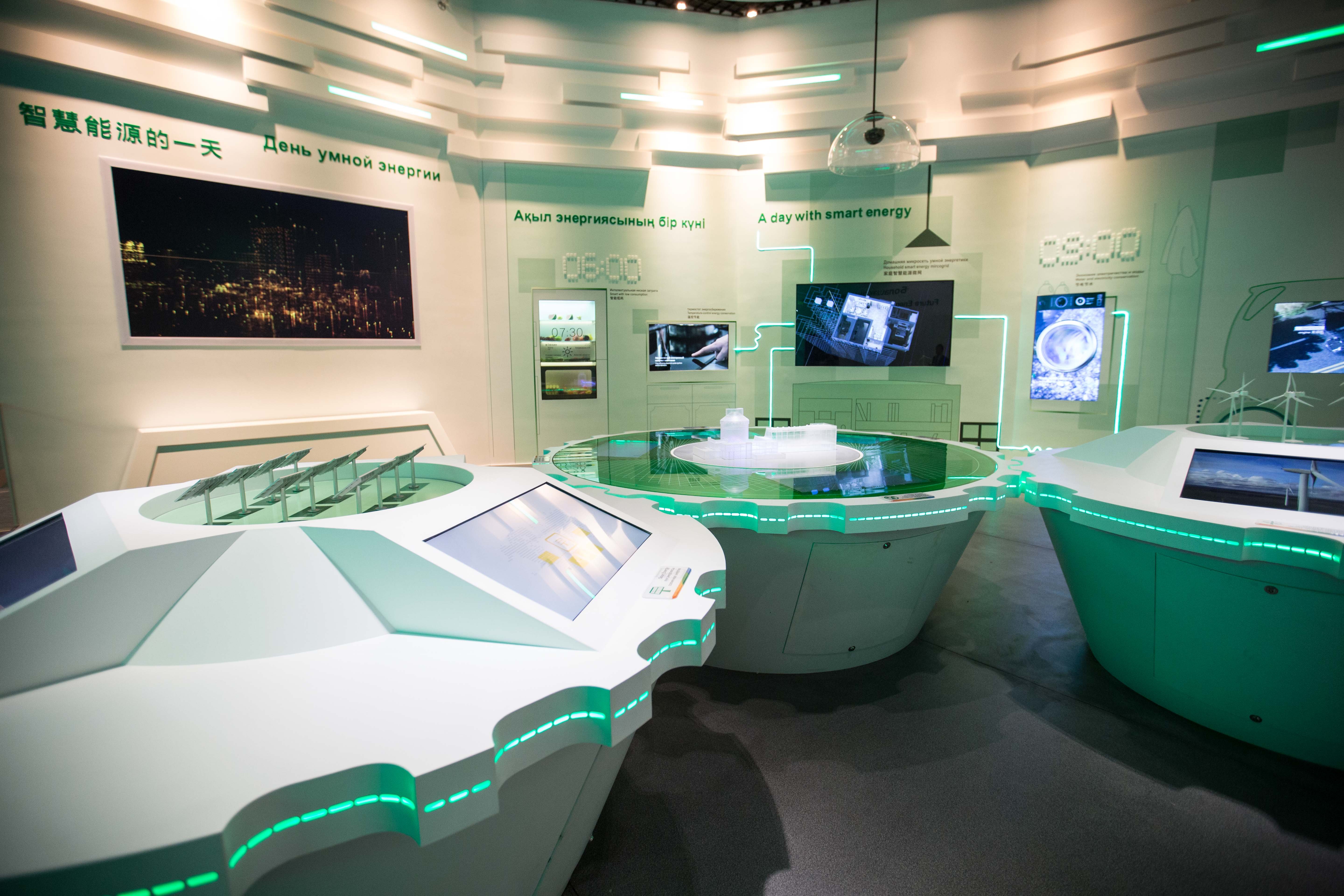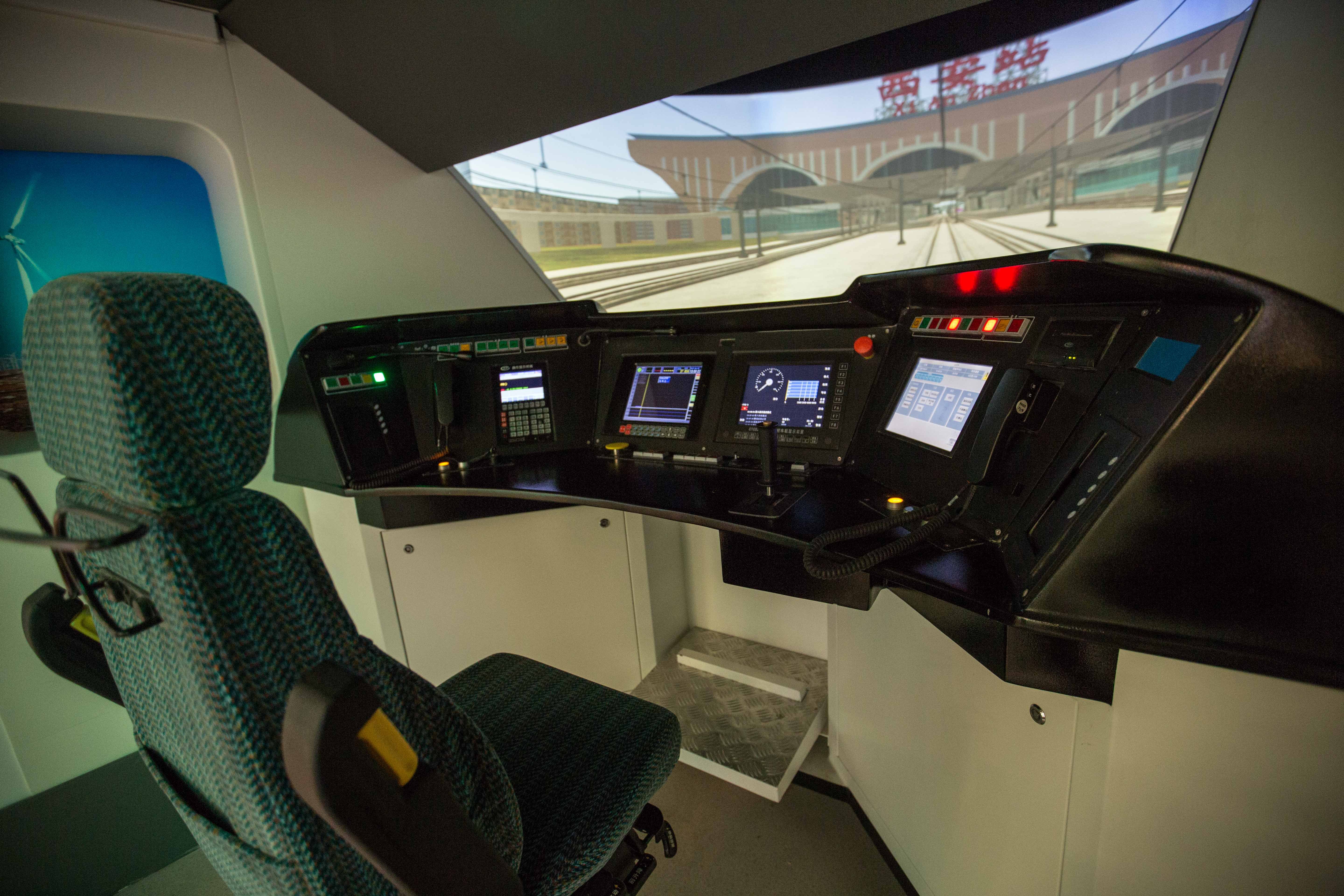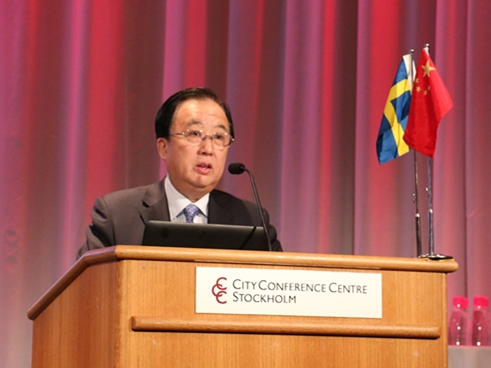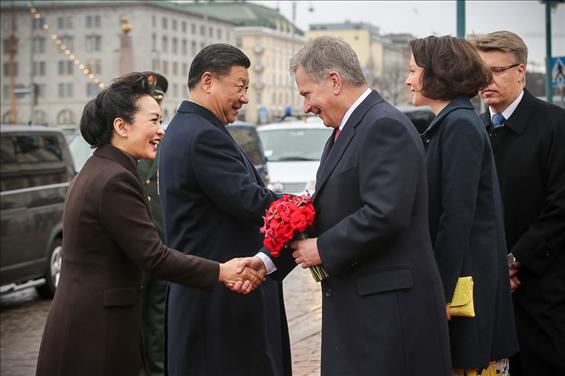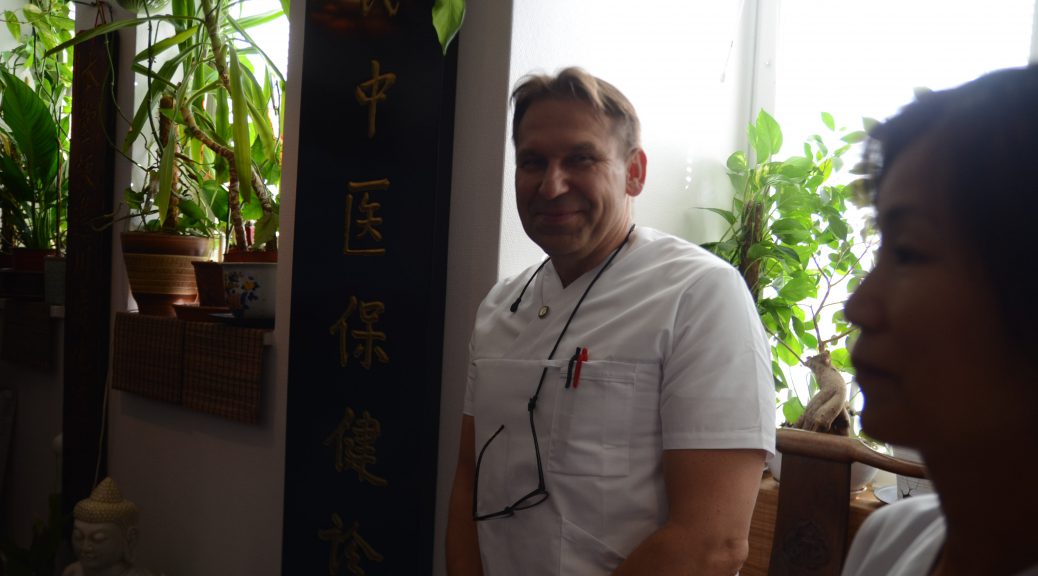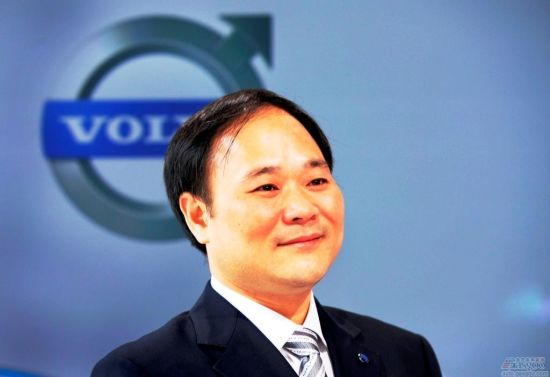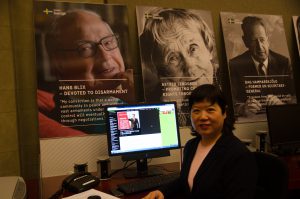STOCKHOLM, Aug. 7(Greenpost) –BEIJING, June 20 (Xinhua) — China on Tuesday released a document titled Vision for Maritime Cooperation under the Belt and Road Initiative, to synchronize development plans and promote joint actions among countries along the 21st Century Maritime Silk Road.
The following is the full text of the document.
Vision for Maritime Cooperation under the
Belt and Road Initiative
In 2013, President Xi Jinping raised the initiative of jointly building the Silk Road Economic Belt and the 21st Century Maritime Silk Road (hereinafter referred to as the Belt and Road Initiative). In 2015, China issued The Vision and Actions on Jointly Building the Silk Road Economic Belt and the 21st Century Maritime Silk Road, which suggests promoting policy coordination, connectivity of infrastructure and facilities, unimpeded trade, financial integration and people-to-people bonds, adhering to the principle of achieving shared growth through discussion and collaboration in propelling the Belt and Road construction. This proposal has garnered widespread attention and support from the international community.
With a view to synchronizing development plans and promoting joint actions amongst countries along the Maritime Silk Road, setting up the all-dimensional, multi-tiered and broad-scoped Blue Partnership, jointly protecting and sustainably utilizing marine resources to achieve harmony between man and the ocean for common development and enhancement of marine welfare, the National Development and Reform Commission (NDRC) and the State Oceanic Administration (SOA) hereby issue The Vision for Maritime Cooperation under the Belt and Road Initiative (hereinafter referred to as the Vision) to build a peaceful and prosperous 21st-Century Maritime Silk Road.
I.Background
The oceans comprise the largest ecosystem on earth, contributing valuable assets for human survival and a common arena for sustainable development. As globalization and regional economic integration progress, oceans have become a foundation and bridge for market and technological cooperation and for information sharing. Developing the blue economy has become an international consensus, ushering in a new era of increased focus and dependence upon maritime cooperation and development. As the saying goes, “Alone, we go faster; together, we go further.” Conforming with the prevailing trend of development, openness and cooperation, strengthening maritime cooperation contributes to closer links between world economies, deeper mutually beneficial cooperation, and broader space for development. Enhancing maritime cooperation also enables various countries to jointly tackle challenges and crises, thus promoting regional peace and stability.
China advocates the Silk Road Spirit – “peace and cooperation, openness and inclusiveness, mutual learning and mutual benefit”, and exerts efforts to implement the United Nations 2030 Agenda for Sustainable Development in the field of coasts and oceans. China is willing to work closely with countries along the Road, engage in all-dimensional and broad-scoped maritime cooperation and build open and inclusive cooperation platforms, and establish a constructive and pragmatic Blue Partnership to forge a “blue engine” for sustainable development.
II. Principles
Shelving differences and building consensus. We call for efforts to uphold the existing international ocean order, and to respect diversified concepts of ocean development in the countries along the Road. Concerns of all parties involved will be accommodated, differences bridged, common ground sought and consensus achieved.
Openness, cooperation and inclusive development. We advocate further opening up the market, improving the investment environment, eliminating trade barriers and facilitating trade and investment. Mutual political trust will be sought, inter-civilizational dialogue strengthened, and inclusive development and harmonious coexistence promoted.
Market-based operation and multi-stakeholder participation. We abide by market rules and international norms, giving play to the primary role of enterprises. We encourage the creation of stakeholder partnerships and promote the broad participation of governments, international organizations, civil society, and industrial and commercial sectors in ocean cooperation.
Joint development and benefits sharing. We respect the will of the countries along the Road, take into account the interests of all parties and give play to the comparative strengths of each. We will plan together, develop together and share the fruits of cooperation. Together, we will help developing countries eradicate poverty and foster a community of shared interests.
III.Framework
Leveraging the ocean as the basis for enhancing common welfare, with the theme of sharing a blue space and developing the blue economy, China encourages countries along the Road to align their strategies, further all-around and pragmatic cooperation, and to jointly build unobstructed, safe and efficient maritime transport channels. Together we will build platforms for maritime cooperation and develop the Blue Partnership, pursuing a path of harmony between man and the ocean, characterized by green development, ocean-based prosperity, maritime security, innovative growth and collaborative governance.
In line with the priorities of the 21st Century Maritime Silk Road, China will deepen ocean cooperation by fostering closer ties with countries along the Road, supported by the coastal economic belt in China. Ocean cooperation will focus on building the China-Indian Ocean-Africa- Mediterranean Sea Blue Economic Passage, by linking the China-Indochina Peninsula Economic Corridor, running westward from the South China Sea to the Indian Ocean, and connecting the China-Pakistan Economic Corridor (CPEC) and the Bangladesh-China-India-Myanmar Economic Corridor (BCIM-EC). Efforts will also be made to jointly build the blue economic passage of China-Oceania-South Pacific, travelling southward from the South China Sea into the Pacific Ocean. Another blue economic passage is also envisioned leading up to Europe via the Arctic Ocean.
IV. Cooperation Priorities
Based on priorities to build a mutually-beneficial Blue Partnership, efforts will be made to innovate our approaches for cooperation, set up new cooperative platforms, jointly develop action plans, and implement demonstrative and inspiring cooperative projects. Together, we will embark on a path of green development, ocean-based prosperity, maritime security,innovative growth and collaborative governance.
4.1 Green development
Ensuring the health of the ocean contributes to improving human well-being for present and future generations. China proposes that countries along the Road jointly undertake marine ecological conservation and provide high quality marine ecological services, thus safeguarding global marine ecological security.
Safeguarding marine ecosystem health and biodiversity. Pragmatic cooperation will be strengthened to protect and restore the marine ecosystems and to conserve rare and endangered species. Mechanisms for long-term cooperation will be promoted and cross-border marine ecological corridors built. Efforts will be undertaken to jointly monitor, evaluate, preserve and restore the health of mangroves, sea-grass beds, coral reefs, island ecosystems and coastal wetlands. International forums on coastal wetlands will also be held.
Promoting the protection of regional marine environment. Cooperation will be enhanced in addressing marine pollution, marine litter and ocean acidification, and in red tide monitoring and pollution emergency responses. Mechanisms will be set up for cooperation in relevant areas, collaborative assessments of the marine environment carried out, and status reports of the marine environment jointly issued. A China-ASEAN cooperation mechanism for marine environmental protection will be established, and cooperation implemented under the framework of the China-ASEAN Environment Cooperation Strategy and Action Plan. Countries along the Road are encouraged to jointly launch and implement the Plan of Green Silk Road Envoys.
Strengthening cooperation in addressing climate change. Demonstration projects for recycling and low carbon development in maritime sectors will be encouraged. China is willing to support small island states in adapting to climate change, and to provide technical assistance in response to marine disasters, sea level rise, coastal erosion and marine ecosystem deterioration. Support will also be provided to the countries along the Road in conducting island and coastal surveys and assessments.
Strengthening international blue carbon cooperation. China proposes the 21st Century Maritime Silk Road Blue Carbon Program to monitor coastal and ocean blue carbon ecosystems, develop technical standards and promote research on carbon sinks, launch the 21st Century Maritime Silk Road Blue Carbon Report, and to establish an international Blue Carbon forum and cooperation mechanism.
4.2 Ocean-based prosperity
Promoting development and eradicating poverty are the common aspirations of the people along the Road. Countries along the Road are encouraged to give full play to their comparative advantages in sustainably utilizing marine resources, enhancing interconnectivity and promoting the blue economy for a shared future.
Enhancing cooperation on marine resource utilization. China is willing to work with countries along the Road to jointly survey and develop inventories and banks for marine resources. China is prepared to provide technical assistance to countries along the Road in drafting plans for sustainably utilizing marine resources. Enterprises are encouraged to participate in marine resource utilization in a responsible way.Participation is also encouraged in the surveys and assessments of marine resources organized by the international organizations.
Upgrading marine industry cooperation. China will join in efforts by countries along the Road in establishing industrial parks for maritime sectors and economic and trade cooperation zones, and promote the participation of Chinese enterprises in such endeavors. Demonstration projects for developing the blue economy will be implemented, and developing countries along the Road will be supported in mariculture to improve livelihoods and alleviate poverty. China will also work with countries along the Road in developing marine tourism routes and high-quality tourism products, and in setting up mechanisms for tourism information sharing.
Promoting maritime connectivity. Efforts are needed to strengthen international maritime cooperation, improve shipping service networks among countries along the Road, and to jointly establish international and regional shipping centers. Countries along the Road are encouraged to enhance cooperation through pairing sister ports and forging port alliances. Chinese enterprises will be guided to participate in the construction and operation of ports. Projects for the planning and construction of submarine cables will be jointly advanced to improve connectivity in international communications.
Facilitating maritime transport. Exchanges and coordination with relevant countries are encouraged in this area. Closer cooperation will be carried out to improve the market environment for international transportation and to facilitate maritime transportation. China is willing to enhance customs cooperation with countries along the Road, and to promote information exchange, mutual recognition of customs regulations,and mutual assistance in law enforcement.
Strengthening the connectivity of information infrastructure and networks. Information networks will be improved in countries along the Road by jointly building a system with broad coverage for information transmission, processing, management and application, a system for information standards and specifications, and a network security system, thus providing public platforms for information sharing.
Participating in Arctic affairs. China is willing to work with all parties in conducting scientific surveys of navigational routes, setting up land-based monitoring stations, carrying out research on climatic and environmental changes in the Arctic, as well as providing navigational forecasting services. China supports efforts by countries bordering the Arctic in improving marine transportation conditions, and encourages Chinese enterprises to take part in the commercial use of the Arctic route. China is willing to carry out surveys on potential resources in the Arctic region in collaboration with relevant countries, and to strengthen cooperation in clean energy with Arctic countries. Chinese enterprises are encouraged to join in sustainable exploration of Arctic resources in a responsible way. China will actively participate in the events organized by Arctic-related international organizations.
4.3 Maritime security
Maritime security is a key assurance for developing the blue economy. Efforts will be made to promote the concept of common maritime security for mutual benefits. Cooperation in maritime public services, marine management, maritime search and rescue, marine disaster prevention and mitigation and maritime law enforcement will be strengthened in order to enhance capacities for minimizing risks and safeguarding maritime security. [ Strengthening cooperation in maritime public services. China proposes an initiative for jointly developing and sharing maritime public services along the Road, encouraging countries to jointly build ocean observation and monitoring networks, sharing the results of marine environmental surveys, and providing assistance to developing countries in this area. China is willing to strengthen cooperation in the application of the BeiDou Navigation Satellite System and remote sensing satellite system to provide satellite positioning and information services.
Cooperation on maritime navigation security. China will shoulder its due international obligations, participate in bilateral and multilateral maritime navigation security and crisis-control mechanisms, and work with all parties to combat non-traditional security issues such as crimes on the sea.
Conducting joint maritime search and rescue missions. Under the frameworks of international conventions, China will shoulder its due international obligations, and strengthen information exchange and collaboration in joint search and rescue missions with countries along the Road. Countries are encouraged to expand cooperation in exchange visits, information sharing, personnel training and joint drills in order to enhance capacities in dealing with emergencies at sea including major disasters and security threats to tourists.
Jointly enhancing capabilities to prevent and mitigate marine disasters. We propose jointly setting up marine disaster warning systems in the South China Sea, the Bengal Sea, the Red Sea and the Gulf of Aden, and suggest jointly developing marine disaster warning products for transportation, escort, disaster prevention and mitigation. The IOC South China Sea Tsunami Advisory Center(SCSTAC) will play an active role in providing services to neighboring countries. Efforts will be made to work with countries along the Road to build cooperative mechanisms, set up training centers, conduct joint research and applications in marine disaster prevention and catastrophe response, and to provide technical assistance for countries along the Road.
Strengthening cooperation in maritime law enforcement. Dialogue with countries along the Road will be intensified and differences managed. Maritime law enforcement will be boosted under bilateral and multilateral frameworks. Cooperative mechanisms for joint maritime law enforcement, fishery law enforcement, and anti-terrorism and anti-violence on the sea will be developed and improved. Liaison networks for maritime law enforcement will be established and emergency plans developed through collective efforts. Exchanges and cooperation among the maritime law enforcement agencies of countries along the Road will be promoted, and necessary assistance provided for training.
4.4 Innovative growth
Innovation is one of the main drivers for the sustainable development of ocean-based economies. Efforts will be undertaken to improve cooperation in the fields of marine scientific research, education and training, and cultural communications, in order to enhance understanding of the ocean, facilitate the application of scientific and technological innovations, and to garner public support for intensifying ocean cooperation.
Furthering cooperation in marine scientific research and technological development. Together with countries along the Road, China will launch a Marine Science and Technology Cooperation Partnership Initiative, jointly survey and research the key waters and passages along the Road, forecast anomalies and assess impacts by researching the interactions between monsoons and the ocean, and by conducting geoscience surveys of the continental margin of the Indian Ocean. Further efforts will be undertaken to intensify cooperation in the fields of marine survey, observation technologies, renewable energy, seawater desalination, marine bio-pharmacy, seafood technology, drones and unmanned vessels. Cooperation in mutual recognition of marine technological standards and technology transfer will also be boosted. Scientific research institutions are encouraged to develop partnerships with enterprises in establishing oversea bases for the demonstration and promotion of marine technology.
Building platforms for marine technology cooperation. Together with countries along the Road, China will build platforms for the sharing of marine research infrastructure, data and technic resources, and marine technological cooperation parks. Efforts will be undertaken to facilitate the development of the APEC Marine Sustainable Development Center, the East Asia Marine Cooperation Platform, the China-ASEAN Marine Cooperation Center, the China-ASEAN College of Marine Sciences, the China-PEMSEA Sustainable Coastal Management Cooperation Center, the China-Malaysia Joint Marine Research Center, the China-Indonesia Center for Ocean and Climate, the China-Thailand Joint Laboratory for Climate and Marine Ecosystem, the China-Pakistan Joint Marine Scientific Research Center, and the China-Israel Seawater Desalination Joint Research Center, so as to improve our capacity to achieve innovation in marine technology.
Jointly building smart ocean application platforms. Marine data and information sharing among different countries will be heightened and cooperative mechanisms and networks set up among marine databases. Countries are encouraged to work together on marine data re-analysis and application, to build the Center for Marine Meteorological and Oceanographic Climate Data, and jointly develop marine big data and cloud platform technologies so as to launch public information sharing platforms serving socio-economic development.
Conducting marine education and cultural exchange. The Marine Scholarship Program will enjoy continued funding from China, and more individuals from the countries along the Road will come to China for research and training. Efforts will be undertaken to implement marine knowledge and cultural exchange and integration programs. Coastal cities in China are encouraged to launch sister city partnerships with counterparts in the countries along the Road. Efforts will be undertaken to enhance exchange and cooperation with non-profit marine organizations and science education organizations. The Matsu folk culture will be promoted and the world Matsu marine culture center set up. Cooperation in marine cultural heritage protection and underwater archaeology and excavation will be promoted. The Ocean Culture Year and the Ocean Arts Festival will be held in countries along the Road to celebrate the Maritime Silk Road’s spirit of friendly cooperation throughout the ages.
Joint promotion of ocean related culture. Media cooperation will be enhanced via cross border interviews and other efforts, in order to develop a media “circle of friends”. We will collaborate on maritime art creation to present the local customs and lifestyles of countries along the Road, thus laying a solid foundation of public support.
4.5 Collaborative governance
The Blue Partnership is an effective way for promoting ocean cooperation. Efforts will be undertaken to promote policy coordination, deepen common understanding, enhance mutual political trust, build bilateral and multilateral cooperative mechanisms and to jointly participate in ocean governance, in order to provide the institutional framework for ocean cooperation.
Developing high-level dialogue mechanisms for marine affairs. China will work with countries along the Road to set up coordination and dialogue mechanisms at different levels and through multiple channels to formulate instruments for inter-governmental and inter-departmental cooperative, including action plans and roadmaps, and to promote major cooperative programs. Joint efforts will be undertaken towards developing high-level dialogue mechanisms among countries along the Road with the mission of implementing action plans and addressing major issues. The China-Small Island States Ocean-related Ministerial Round Table Meeting and the China-South Europe Marine Cooperation Forum will be held as planned.
Developing mechanisms for cooperation in blue economy. The Global Blue Economy Partnership Forum will be launched to promote new concepts and best practices of the blue economy, and to boost marine industrial integration and capacity cooperation. Efforts will also be undertaken to jointly develop international blue economy classification standards, and to release reports on blue economy development. Ocean-related public finance products will be explored to support the development of the blue economy.
Jointly conducting marine spatial planning and application. Cross-border marine spatial planning for blue growth will be promoted, common principles and technical standards implemented, and best practices and evaluation methods shared. China is willing to provide technical assistance in marine spatial planning for countries along the Road, and to jointly build an international forum on marine spatial planning.
Strengthening cooperation through multilateral mechanisms. The Chinese government supports the development of mechanisms for ocean cooperation and the formulation of policies and rules under the Asia Pacific Economic Cooperation (APEC), the East Asia Leaders’ Meetings, the China-Africa Cooperation Forum and the China-Pacific Island Countries Economic Development and Cooperation Forum. China will boost cooperation with multilateral cooperative organizations and support the Intergovernmental Oceanographic Commission of UNESCO (IOC/UNESCO), the Partnership in Environment Management of Seas of East Asia (PEMSEA), the Indian Ocean Rim Association, and the International Ocean Institute in jointly organizing and promoting major programs and projects.
Enhancing cooperation among think tanks. Dialogue and exchange among the think-tanks of the countries along the Road will be encouraged, joint research on the alignment of strategies and policies undertaken, and major initiatives launched, in order to provide intellectual support for the 21st Century Maritime Silk Road. China supports domestic think-tanks in developing strategic partnerships with counterparts along the Road and relevant international organizations in efforts to set up a 21st Century maritime Silk Road think-tank alliance.
Strengthening cooperation among non-governmental organizations. Ocean-related public services, academic workshops, cultural exchanges, technological cooperation and knowledge dissemination are encouraged among NGOs along the Road as a complement to intergovernmental efforts, in order to enhance global ocean governance.
V. China in Action
Since the implementation of the Belt and Road Initiative three years ago, the Chinese government has been actively seeking ocean cooperation with countries along the Road and has achieved steady progress.
High-level guidance and facilitation. With the leaders of relevant states bearing witness, China has signed intergovernmental agreements, MOUs and joint statements for ocean cooperation with countries such as Thailand, Malaysia, Cambodia, India, Pakistan, the Maldives and South Africa. We have made efforts in synching strategies and building extensive partnerships with countries along the Road.
Boosting the role of cooperation platforms. Under mechanisms such as APEC, the East Asian Leaders’ Meetings, and the China-ASEAN Cooperation Framework, we have launched consultations on maritime affairs and established dialogue and cooperation platforms including the Blue Economy Forum, the Seminar on Marine Environmental Protection, the Ocean Cooperation Forum, the China-ASEAN Marine Cooperation Center, and the East Asian Ocean Cooperation Platform. A series of Maritime Silk Road related activities, including the 21st Century Maritime Silk Road Expo, the Maritime Silk Road International Art Festival and the Global Matsu Maritime Culture Forum, have been held in succession, thereby promoting understanding, building consensus and enhancing ocean cooperation.
Increasing financial investment. The Chinese government has mobilized domestic resources and set up the China-ASEAN Maritime Cooperation Fund and the China-Indonesia Maritime Cooperation Fund. We have also implemented The Framework Plan for International Cooperation for the South China Sea and its Adjacent Oceans. Meanwhile, the Asian Infrastructure Investment Bank and the Silk Road Fund have provided capital support for major ocean cooperation programs.
China’s regions promoting opening-up. In the spirit of enhancing pragmatic cooperation with countries along the Road, the Chinese government has encouraged economic zones such as the Bohai Rim, the Yangtze River Delta, the west coast of the Taiwan Straits, the Pearl River Delta and coastal port cities, to leverage local advantages and further open up. The Chinese government has supported the Fujian Province in becoming a core area of the 21st Century Maritime Silk Road, and promoted the development of the Zhejiang Marine Economy Development Demonstration Zone, the Fujian Marine Economic Pilot Zone and the Zhoushan Archipelago New Area. Efforts have also been made to promote Hainan Province as an international tourism island, and to establish demonstration zones for marine economic development and demonstration cities for ocean-based innovative growth.
Projects being implemented. Progress has been achieved in implementing a series of programs and projects, including the Malaysia Malacca Seaside Industrial Park, the Pakistan Gwadar Port, the port+industrial park+city mode of integrated development of the Kyaukpyu port in Myanmar, the Colombo Port City and the Phase II Hambantota Port Project in Sri Lanka,the railway linking Ethiopia and Djibouti, the railway between Mombasa and Nairobi in Kenya, and the Piraeus port in Greece. China is collaborating with the Netherlands in developing offshore wind power generation and with Indonesia, Kazakhstan and Iran in implementing seawater desalination projects. The connectivity of submarine communication has been remarkably enhanced and the Asia-Pacific Gateway (APG) submarine optical fiber cable is officially up and running. The industrial parks in China’s Qinzhou and Malaysia’s Kuantan, the Sihanoukville Special Economic Zone in Cambodia and the Suez Economic and Trade Cooperative Zone in Egypt, are currently under construction, and have achieved remarkable progress.
Looking ahead, the Chinese government will work in good faith and with the utmost sincerity to promote ocean cooperation with countries along the Road. We look forward to creating opportunities, meeting challenges, and seeking common development. Let us cherish our ocean, work together to protect our blue home, and collectively draw up the blueprint for the 21st Century Maritime Silk Road.
Source : Xinhuanet
Editor Xuefei Chen Axelsson


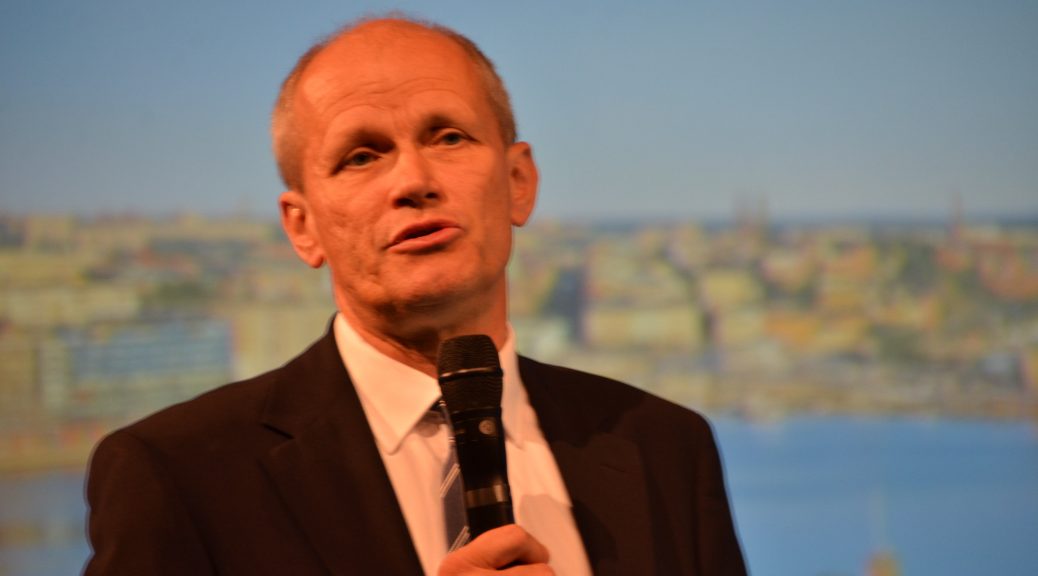
![Torgny Holmgren, Director of Stockholm International Water Institute, host of Water Week made a welcome speech on Aug. 28, 2017. [Photo: China Plus/Chen Xuefei]](http://img2.zhytuku.china.com/images/zhycms_chinaplus/20170829/1e15655f-03dd-4f02-9590-610c2a703d35.jpg?x-oss-process=image/resize,w_650)
![Peter Thomson, President of the United Nations General Assembly spoke at the World Water Week in Stockholm on Aug. 28, 2017. [Photo: China Plus/Chen Xuefei]](http://img3.zhytuku.china.com/images/zhycms_chinaplus/20170829/650297e2-a663-4d9f-90df-5c0bd741d3d8.jpg?x-oss-process=image/resize,w_650)
![Stockholm Mayor Karin Wanggard made a speech at the opening plenary of World Water Week in Stockholm on Aug. 28, 2017. [Photo: China Plus/Chen Xuefei]](http://img0.zhytuku.china.com/images/zhycms_chinaplus/20170829/646a9fe7-9784-462e-b848-6de332032ee8.jpg?x-oss-process=image/resize,w_650)
![Swedish Astronaut Christer Fulgesang spoke at World Water Week in Stockholm on Aug. 28, 2017. [Photo: China Plus/Chen Xuefei]](http://img2.zhytuku.china.com/images/zhycms_chinaplus/20170829/48bbf56a-b869-40f2-b66c-03abfb2a43db.jpg?x-oss-process=image/resize,w_650)
